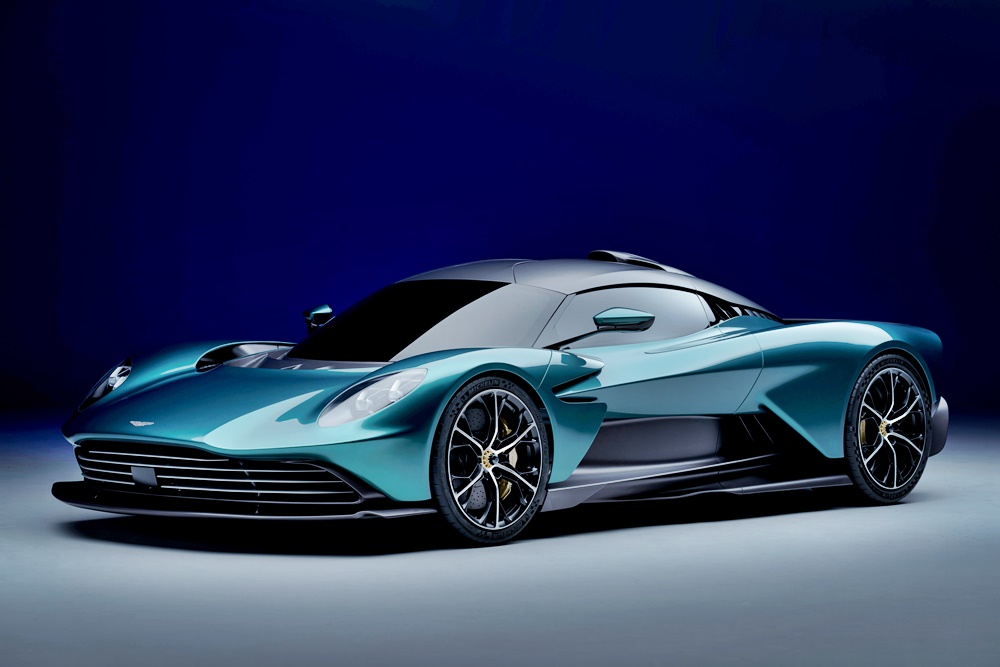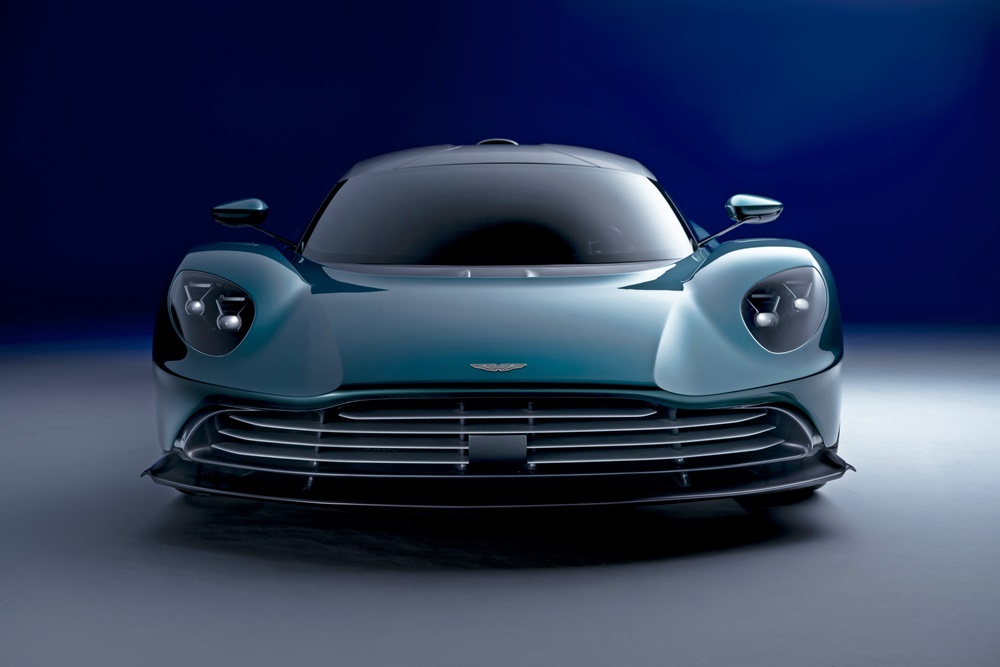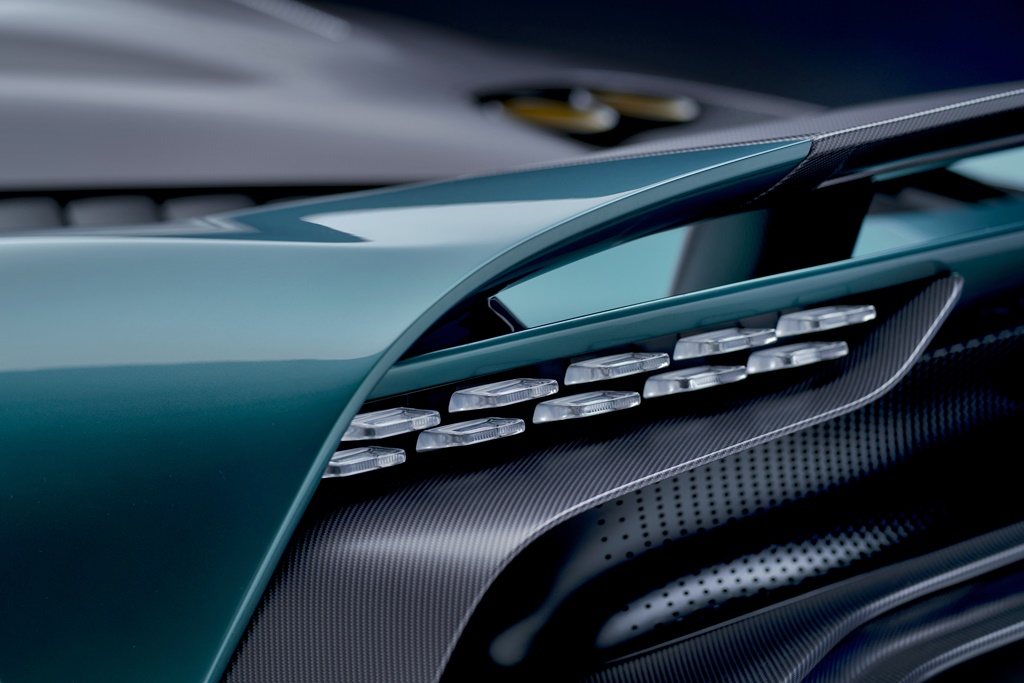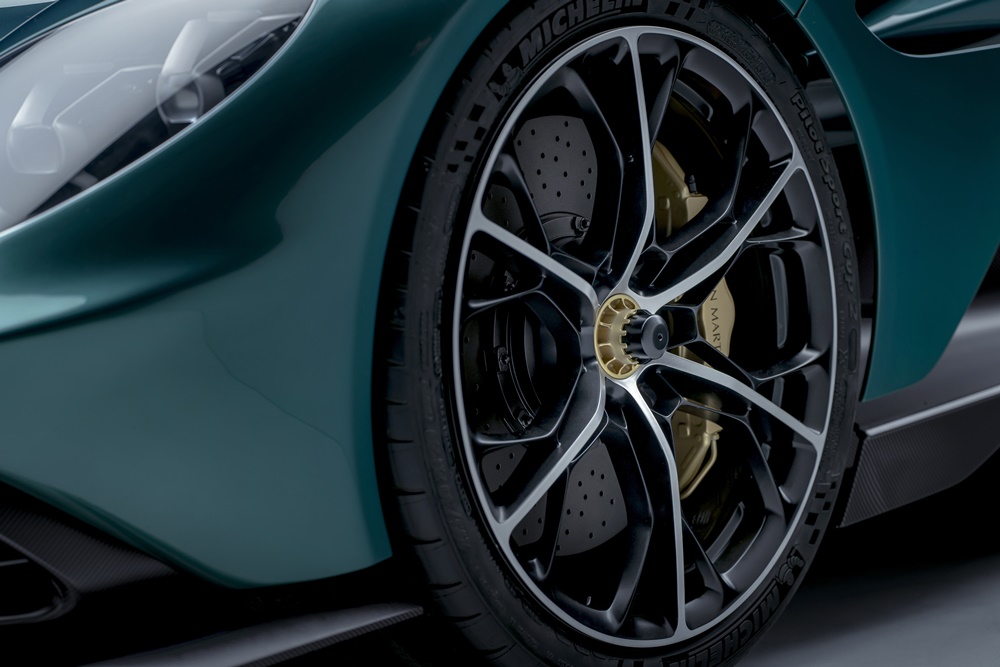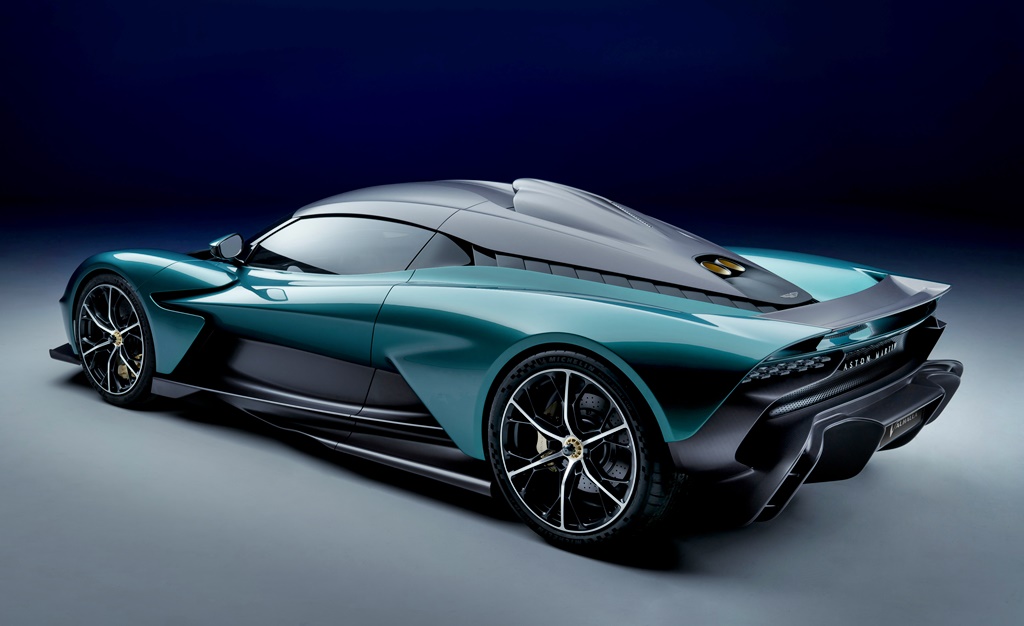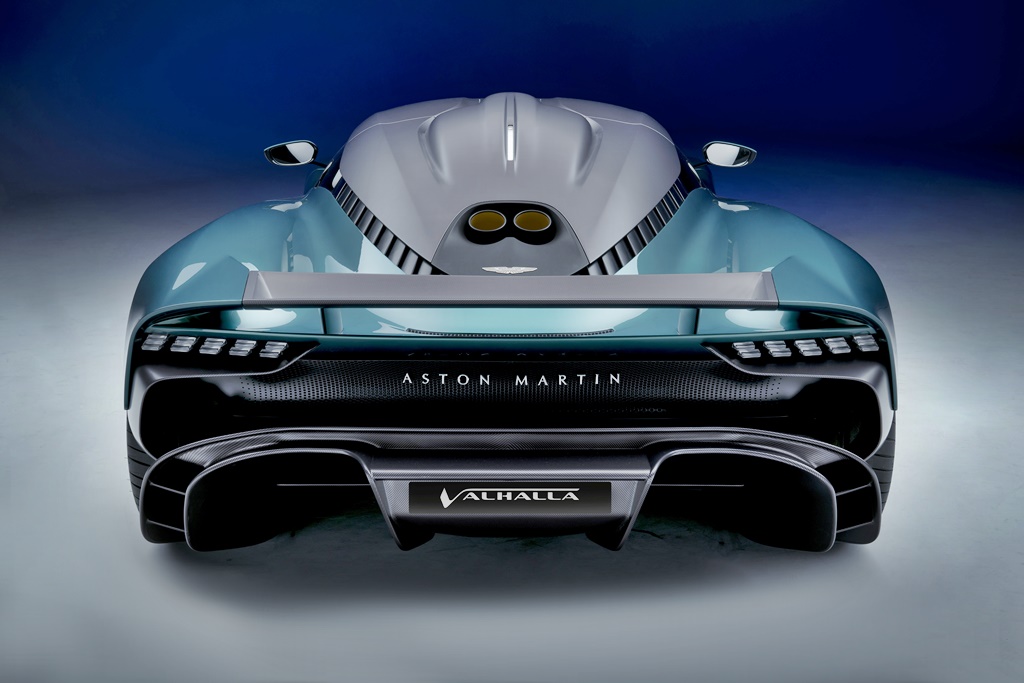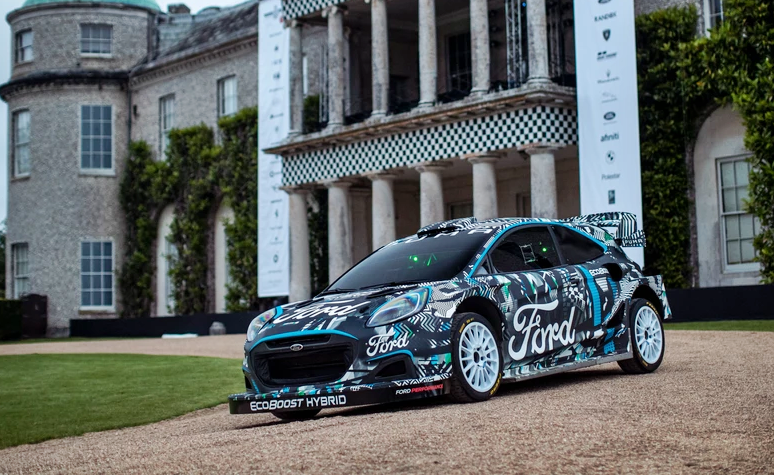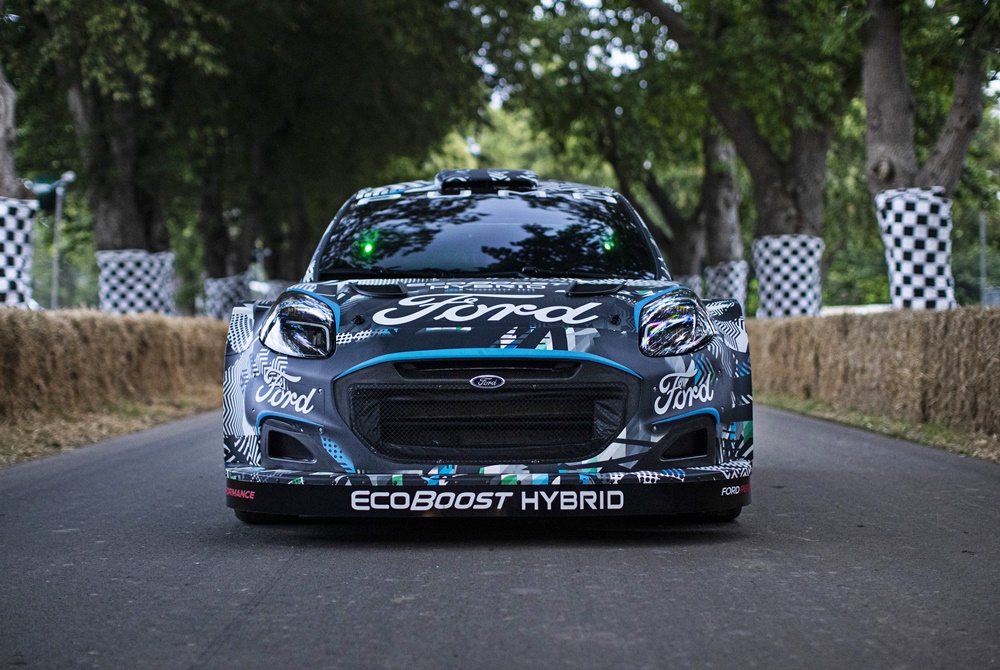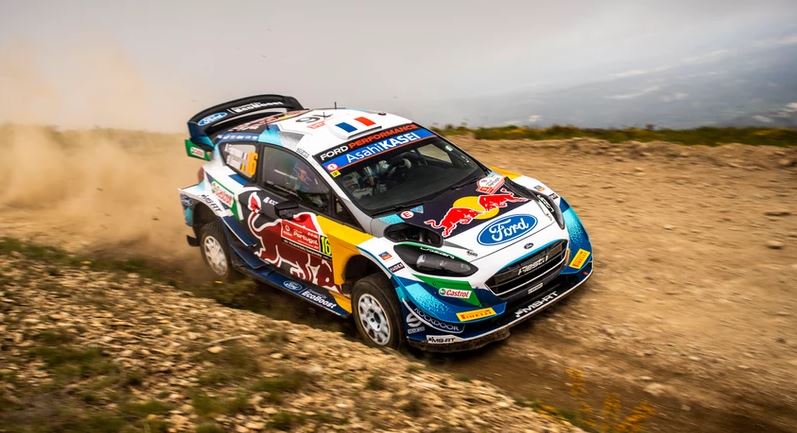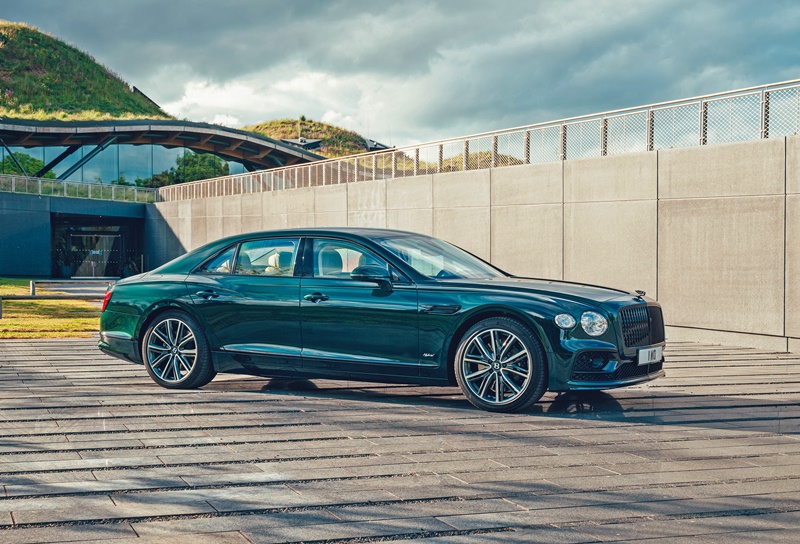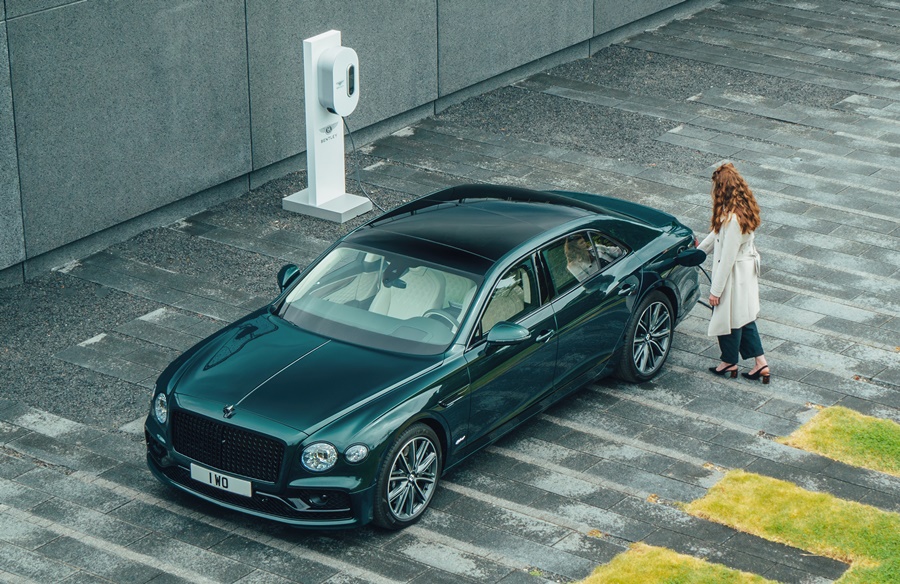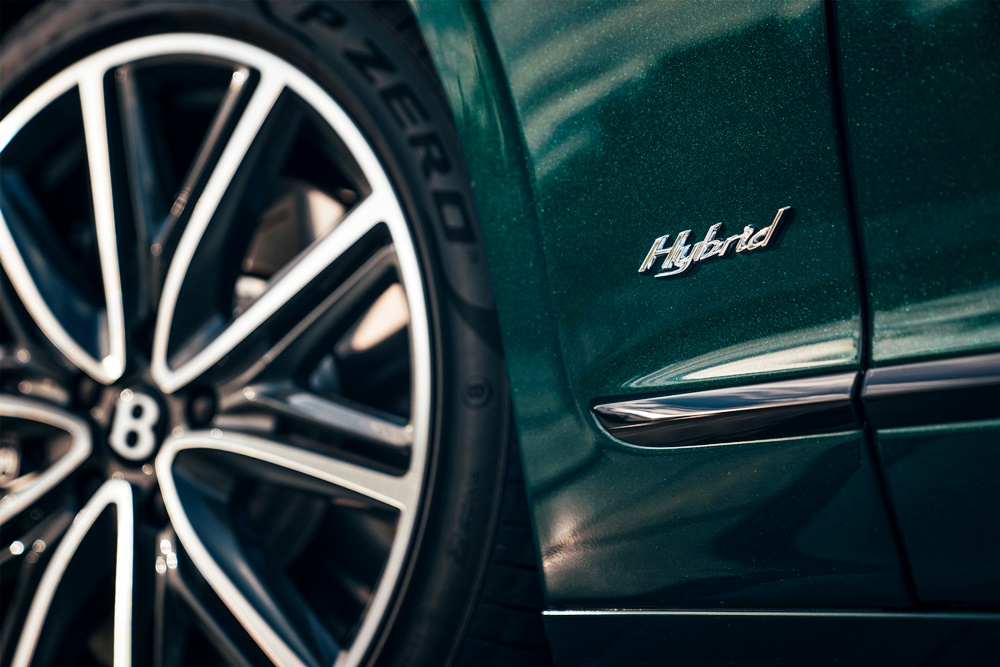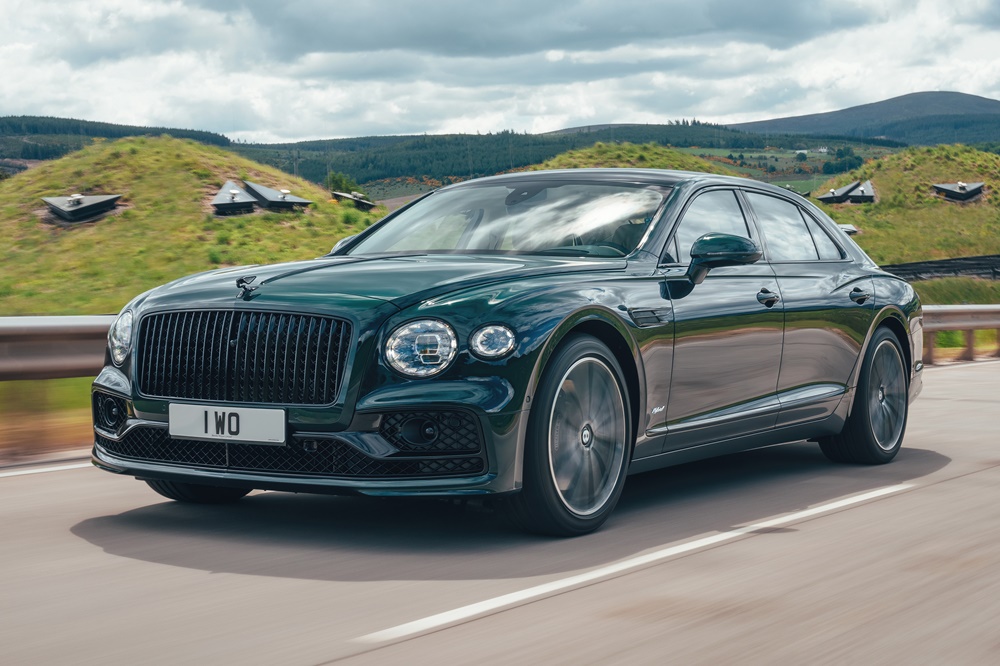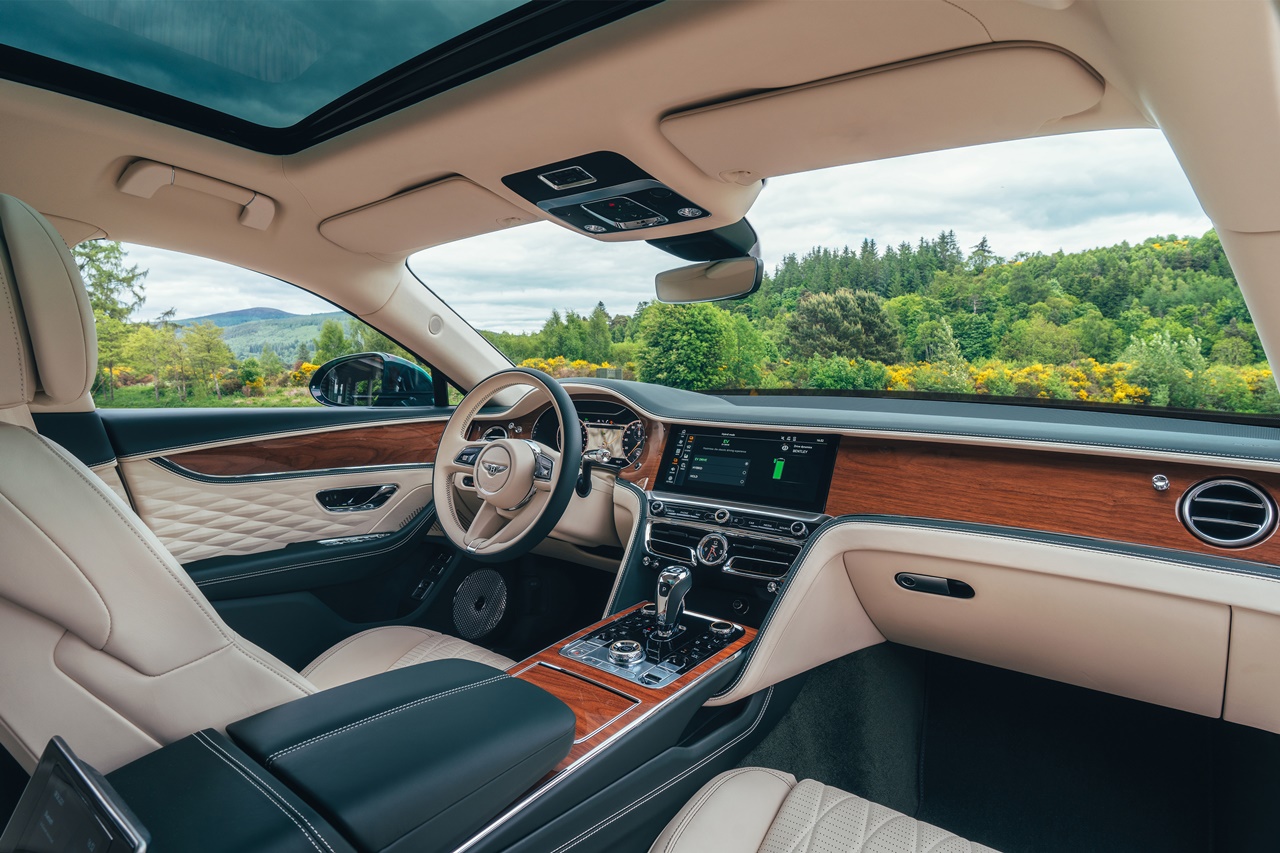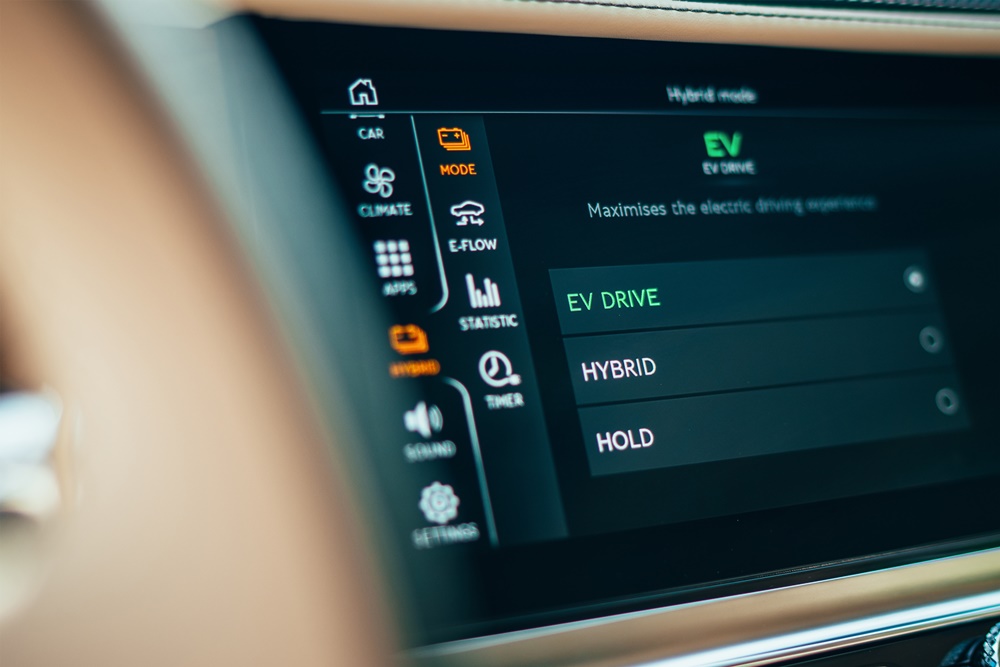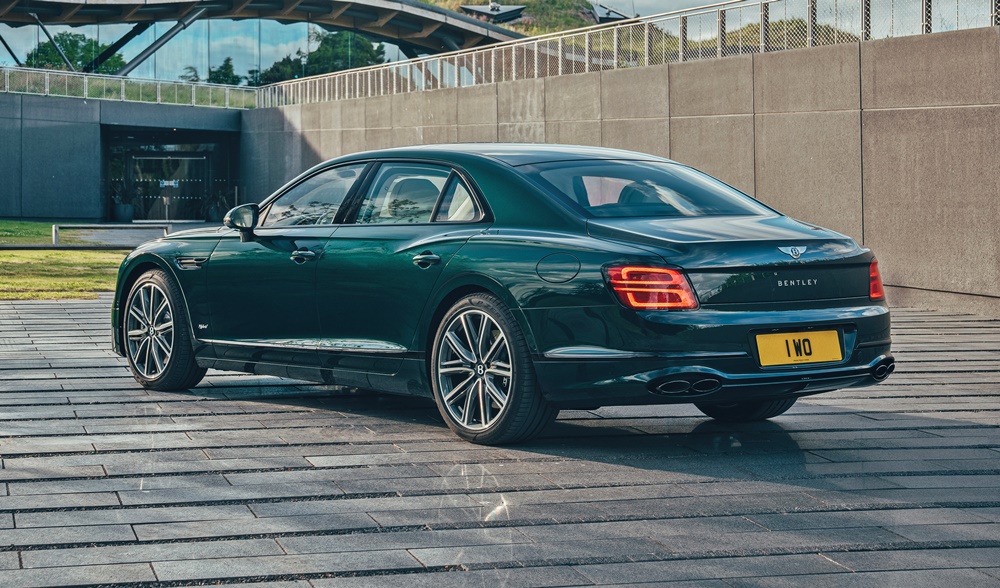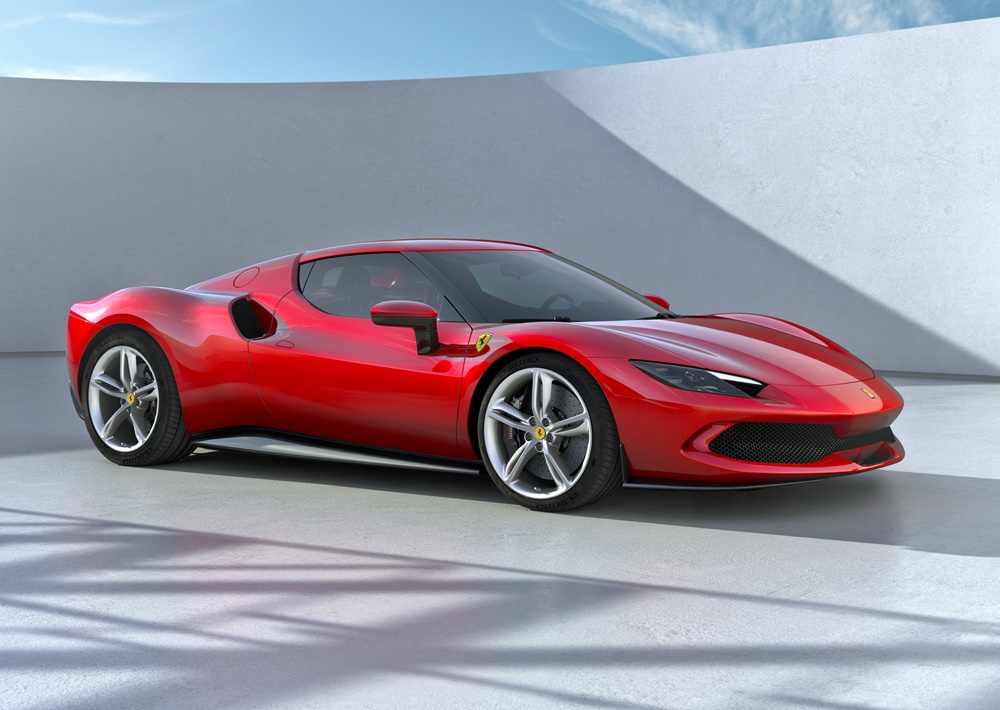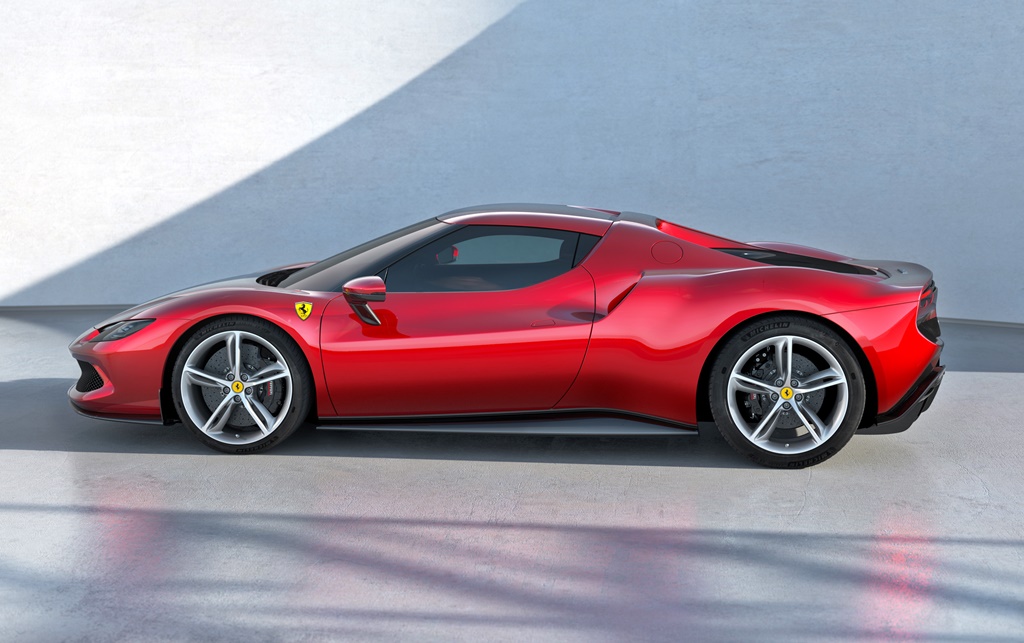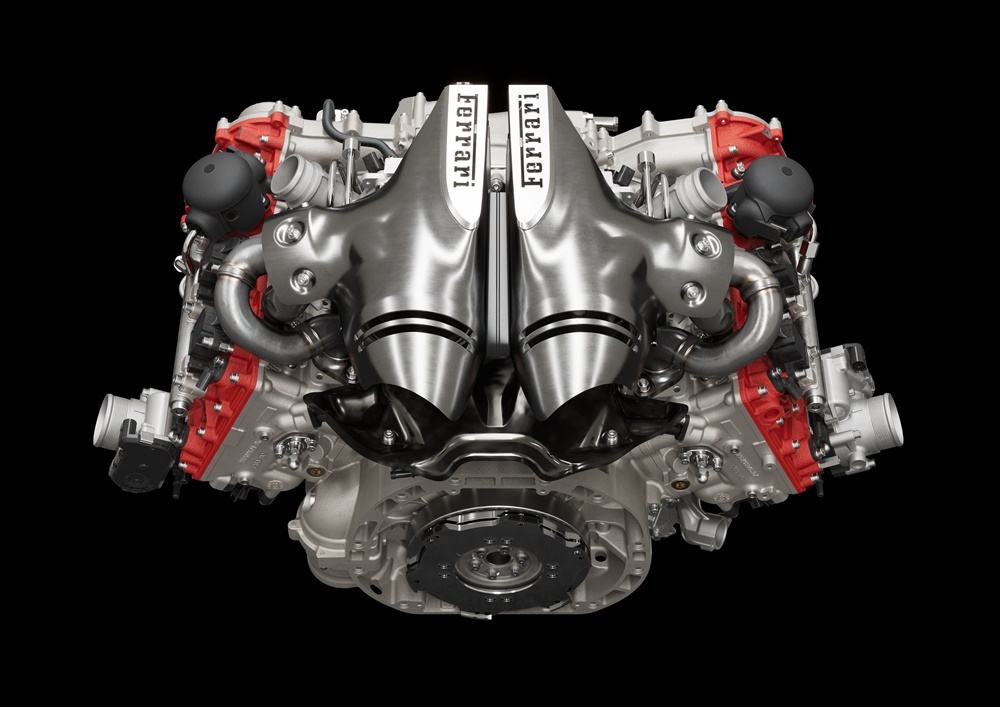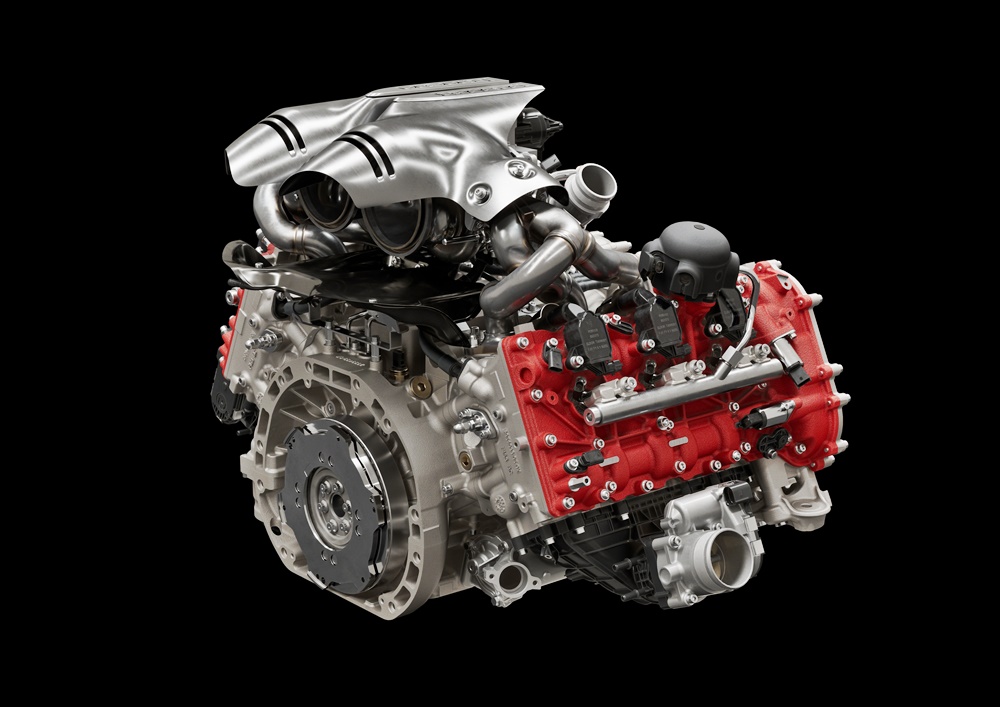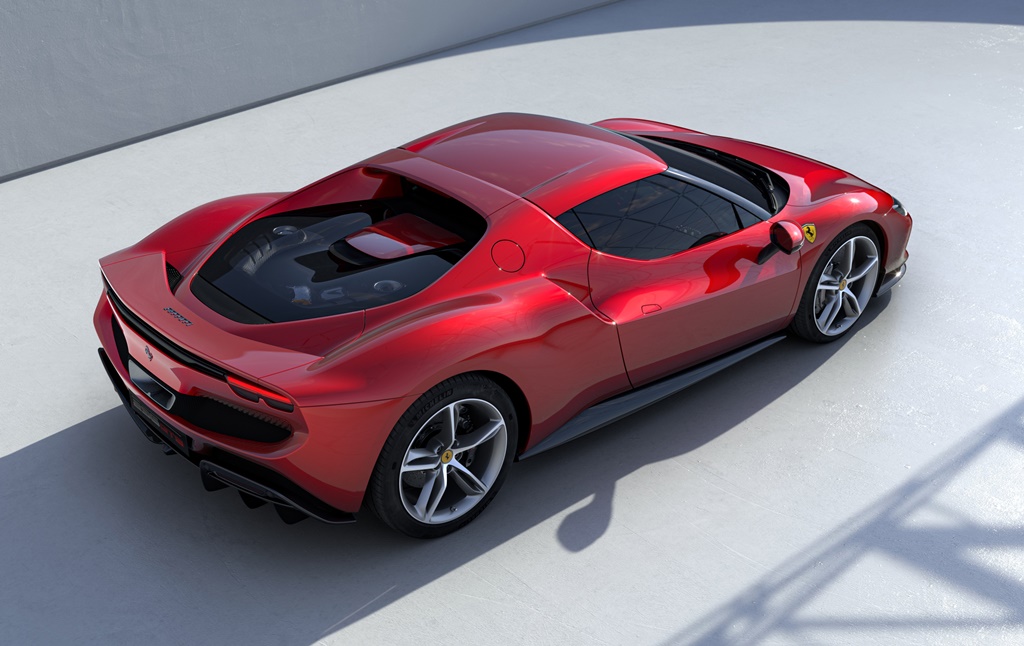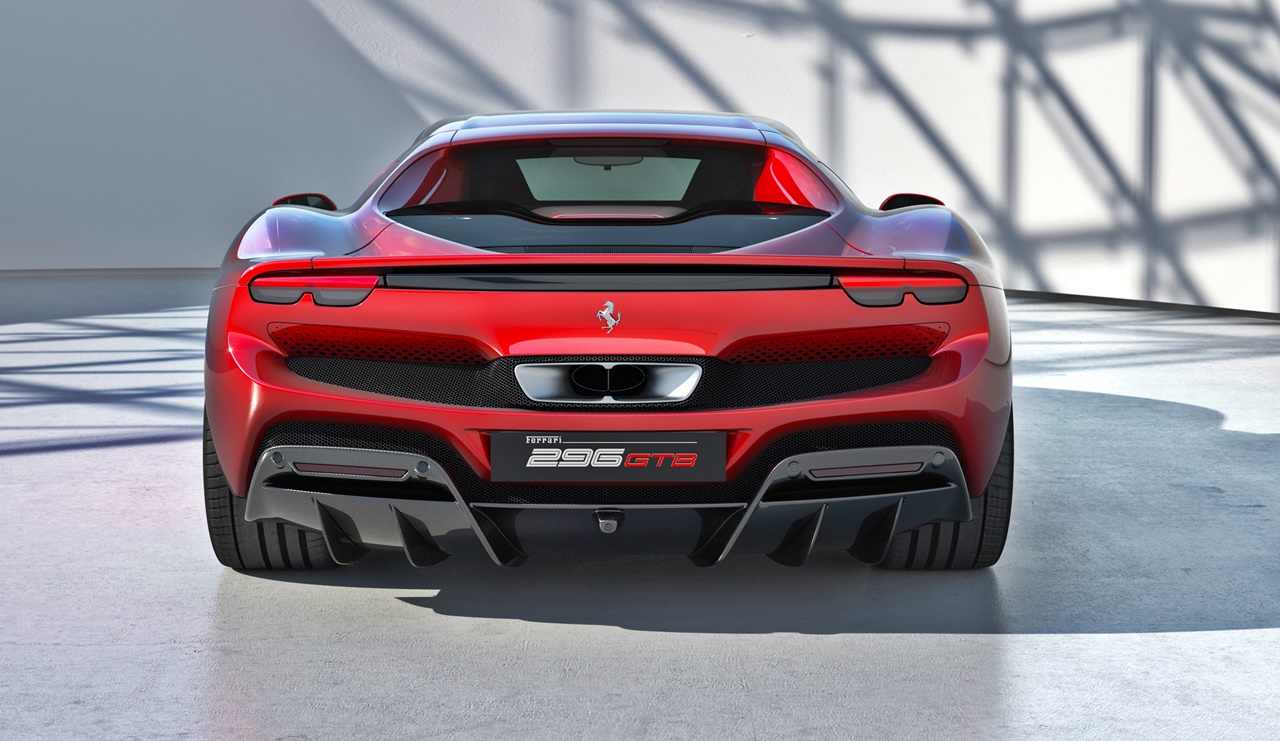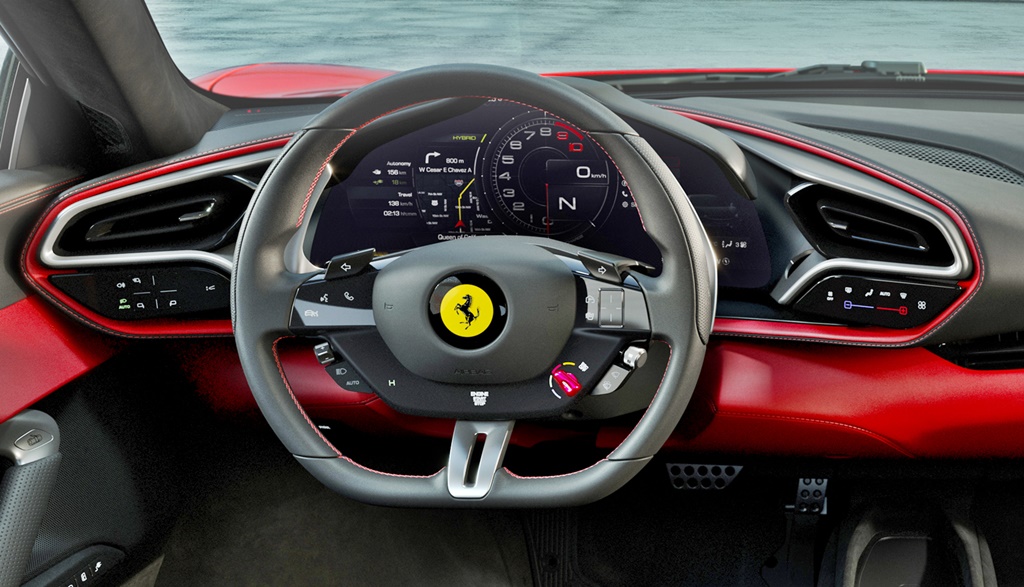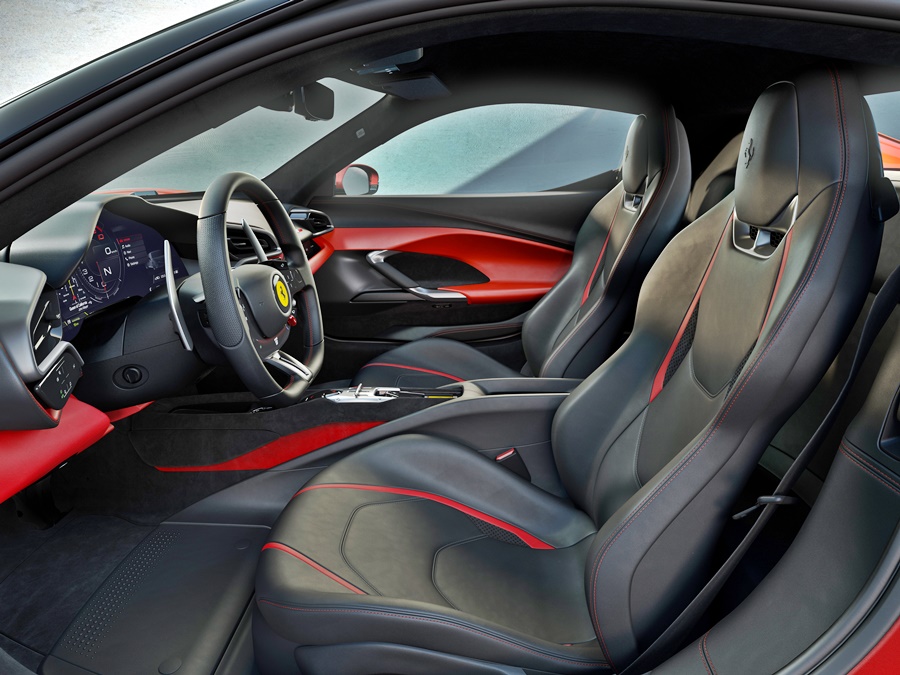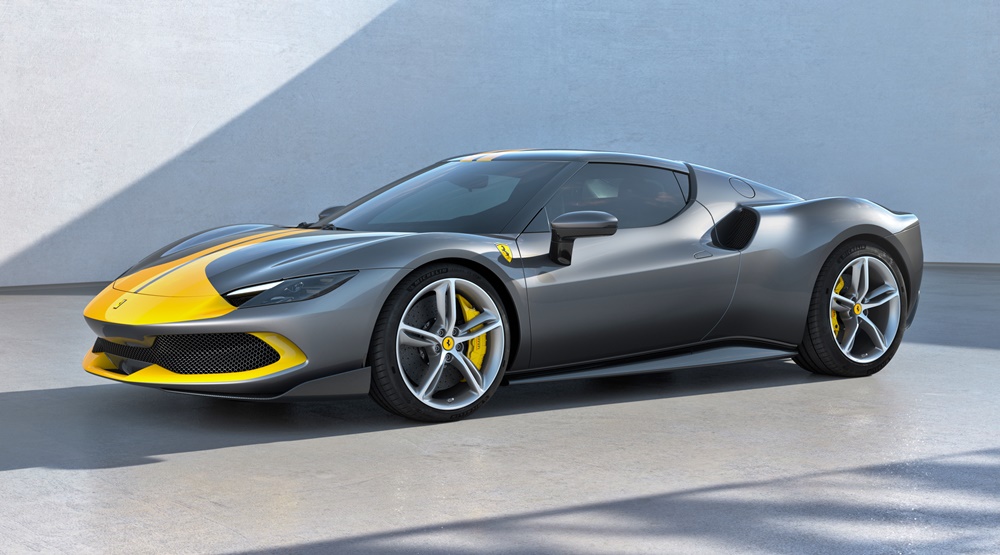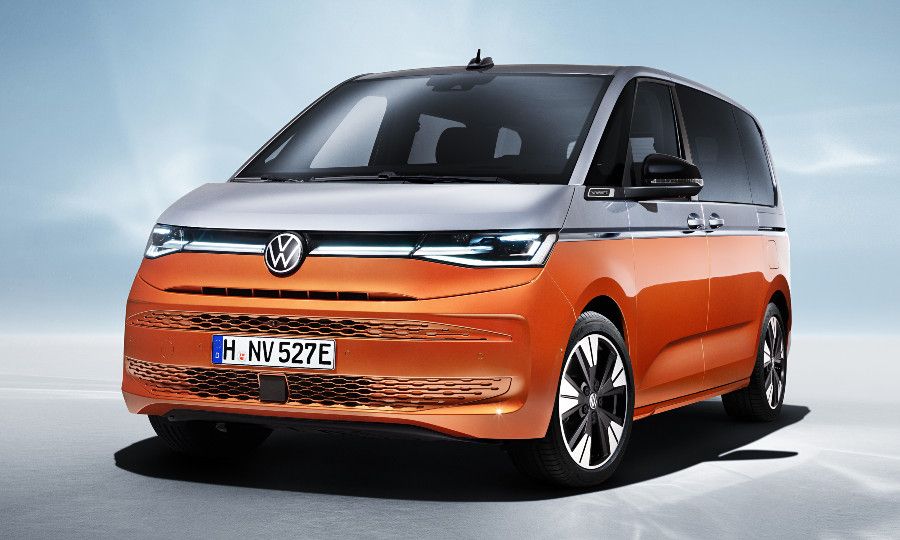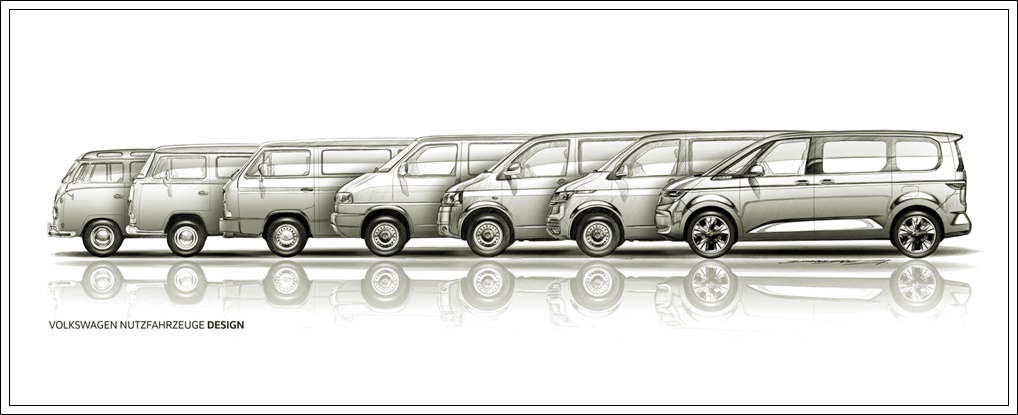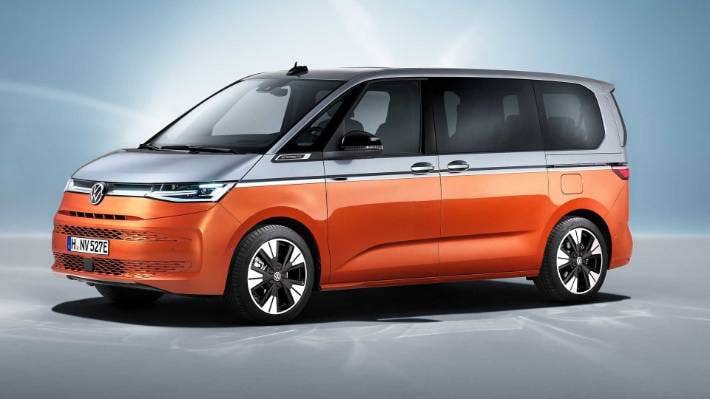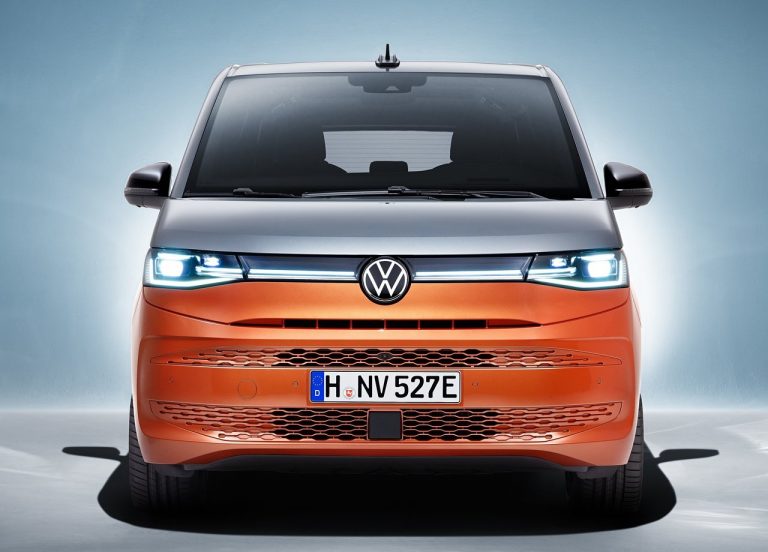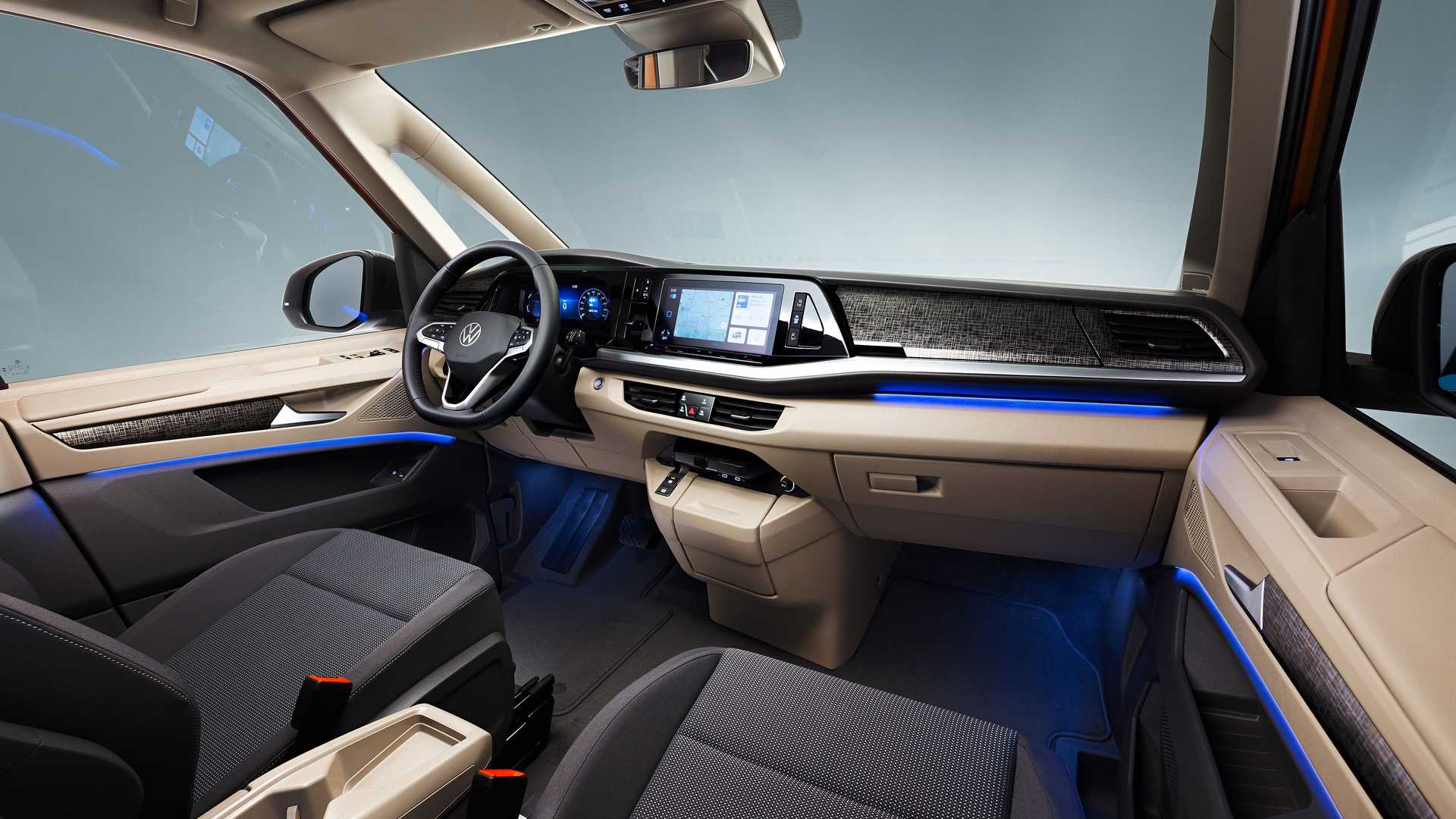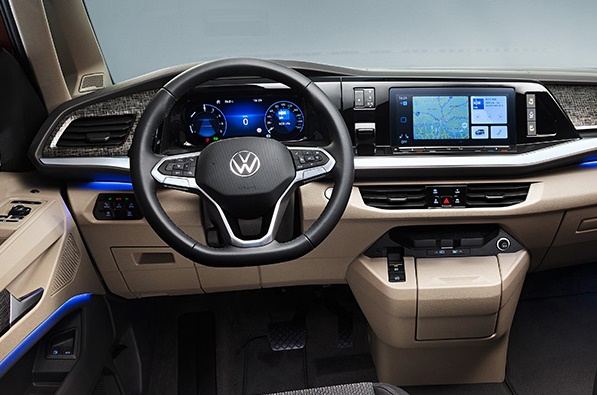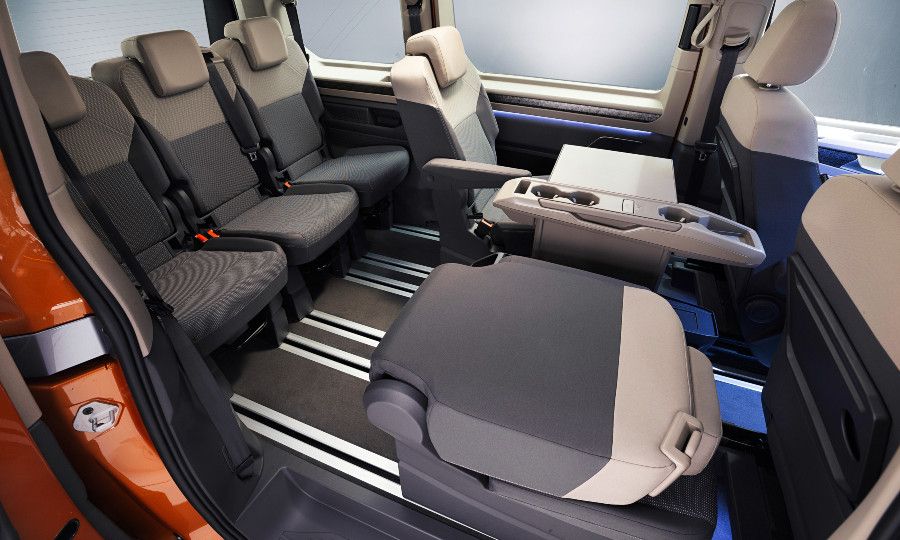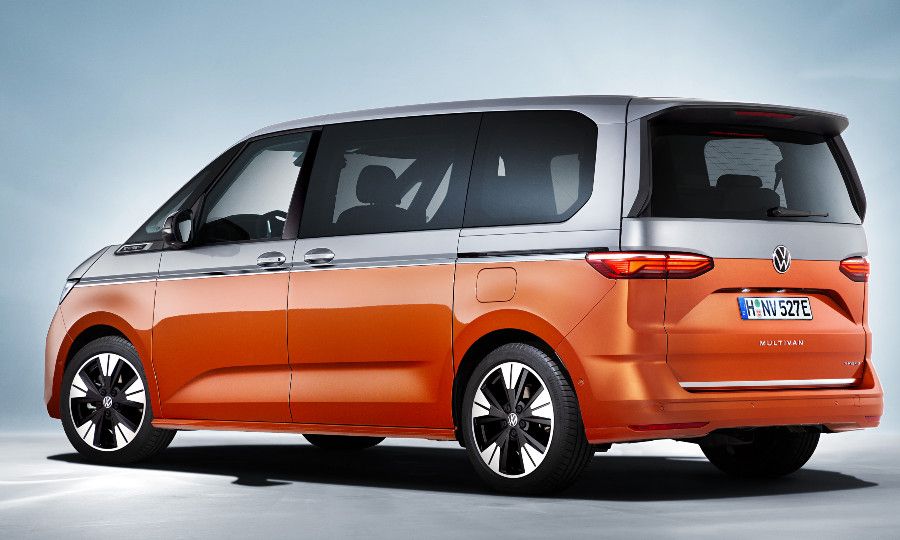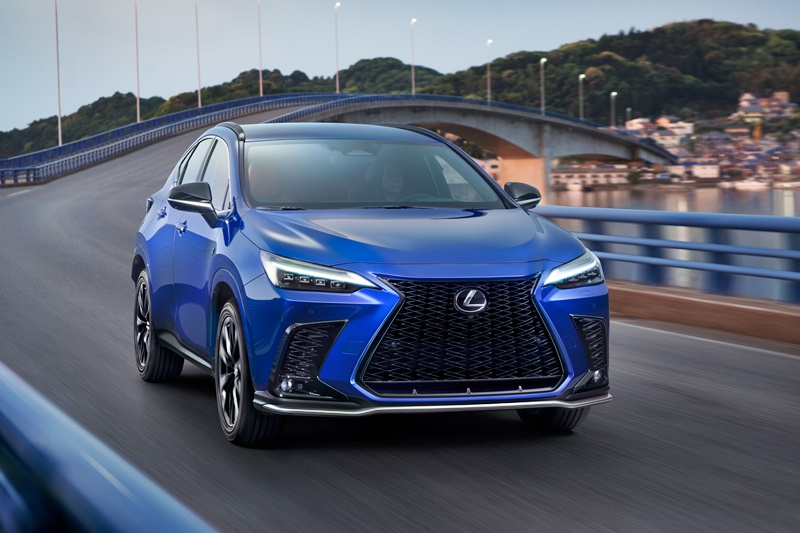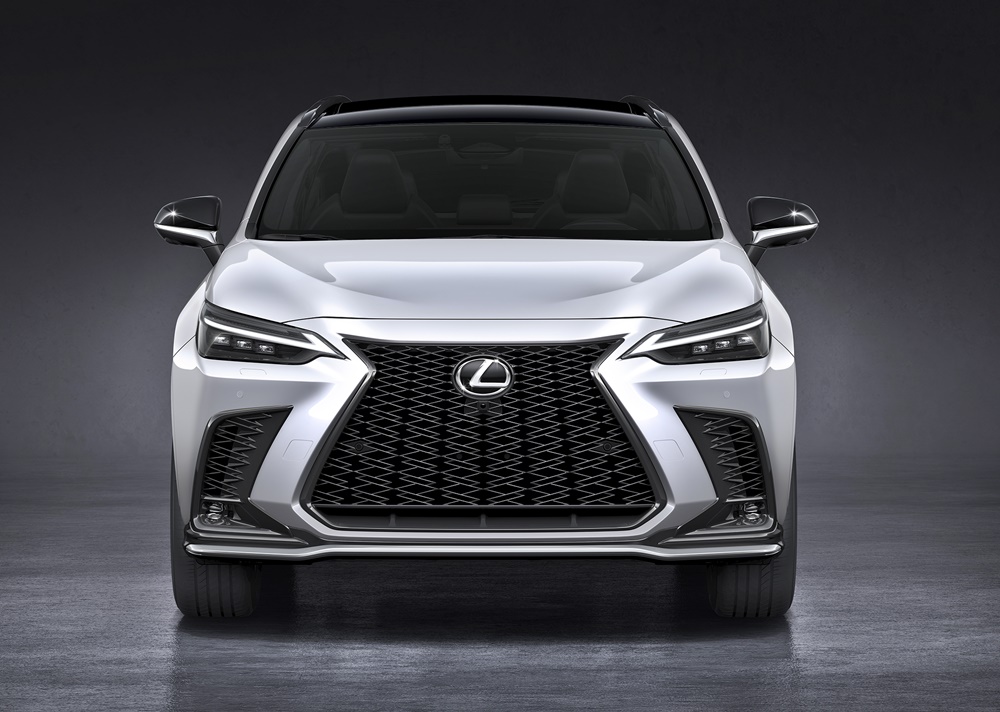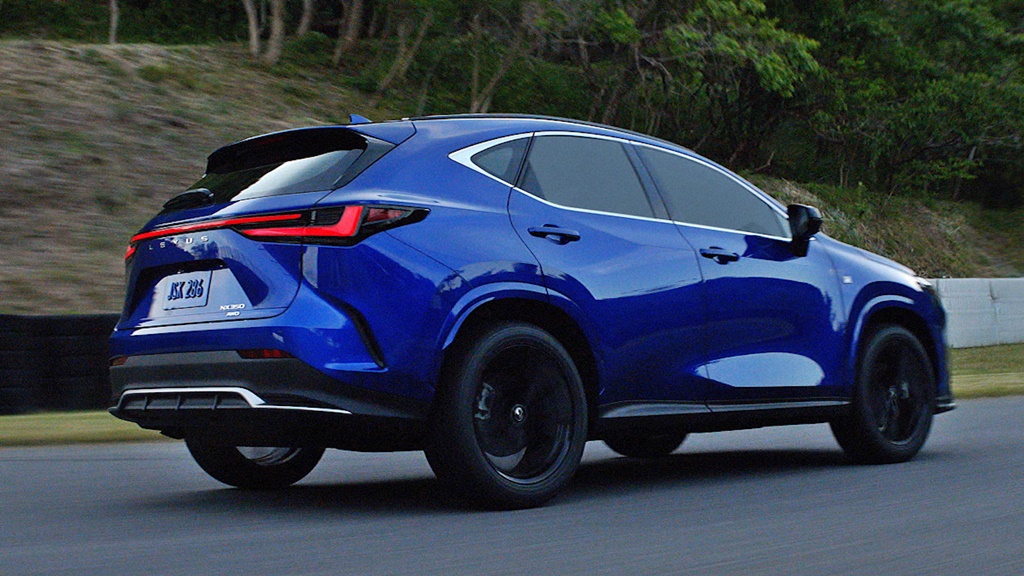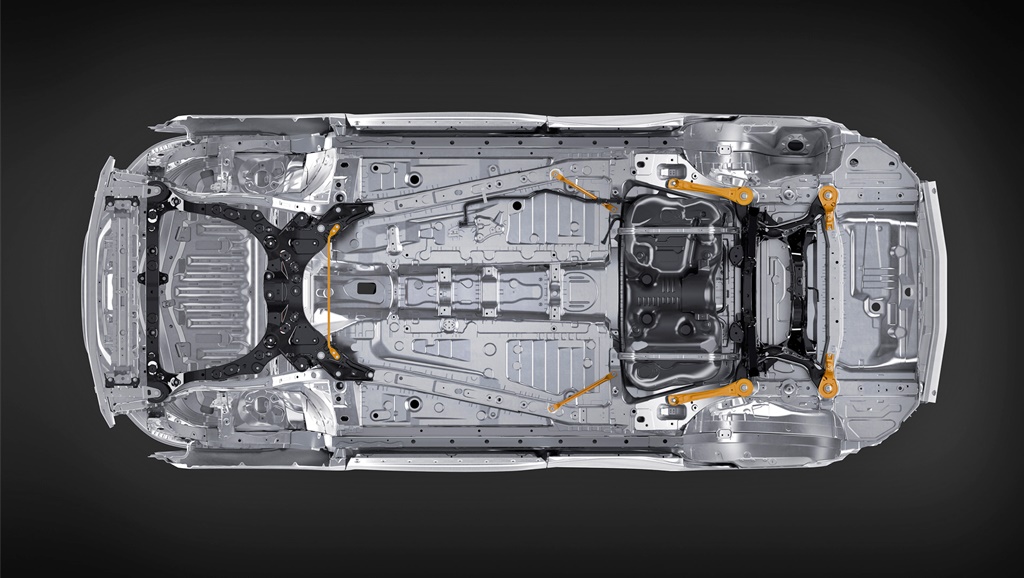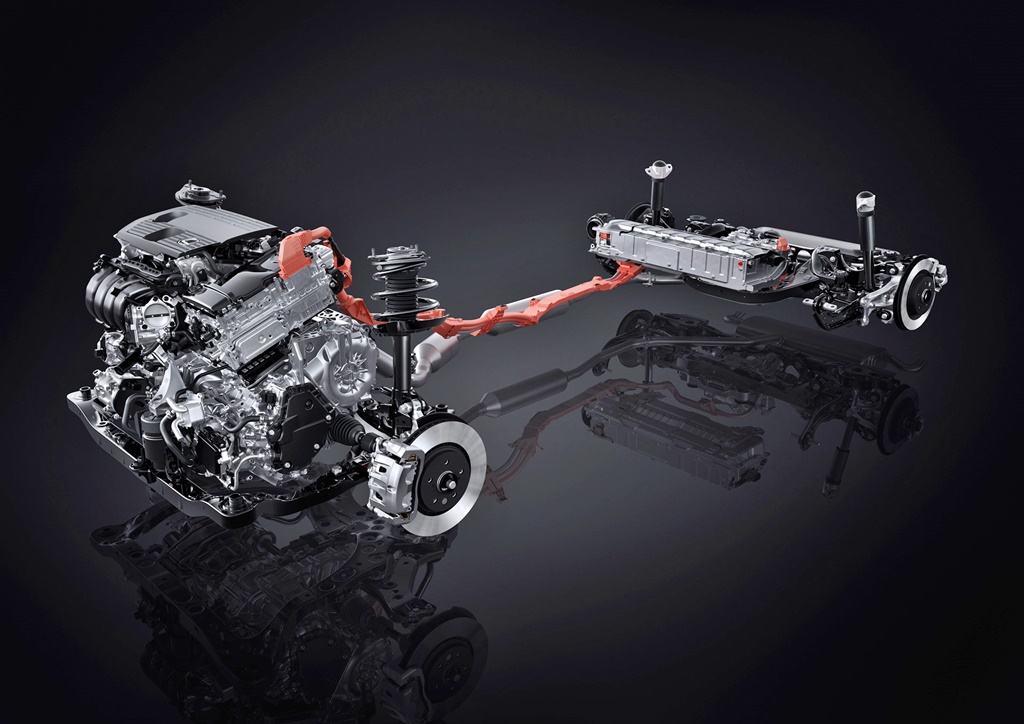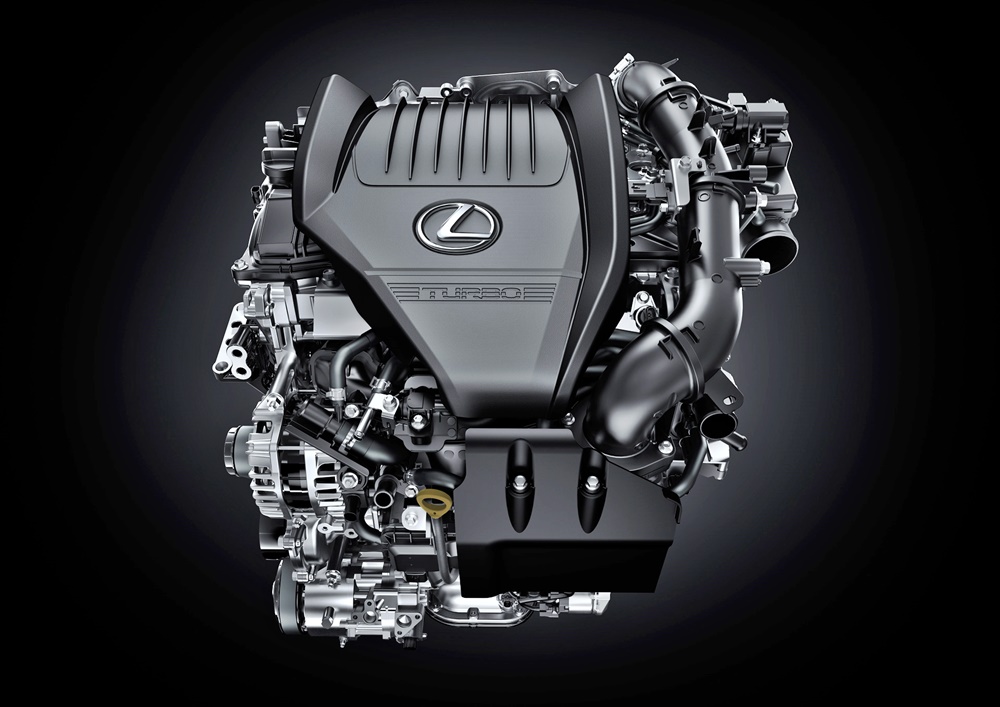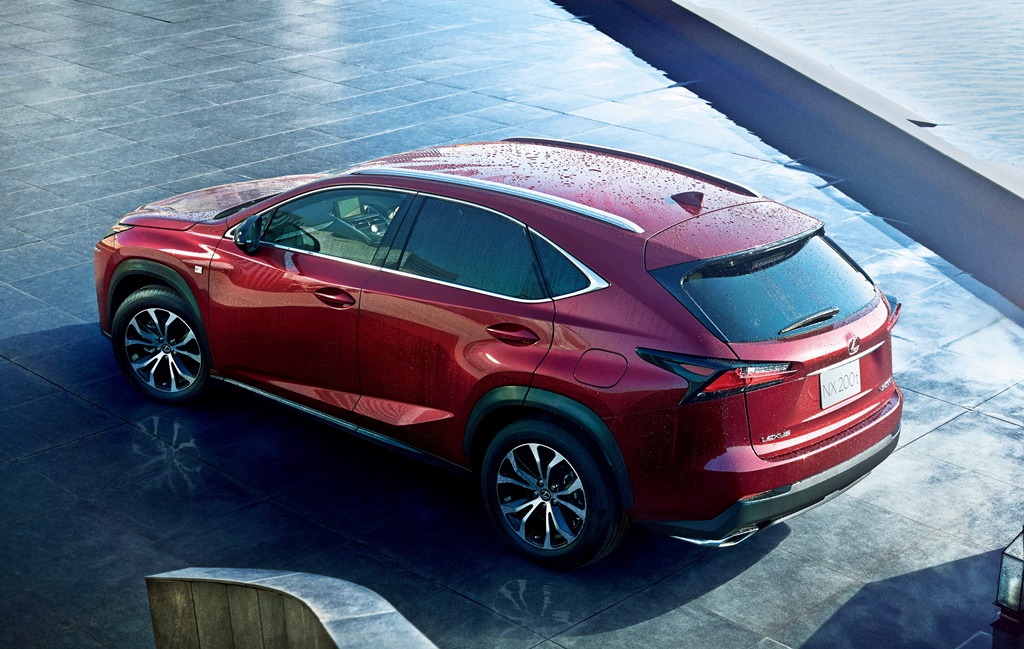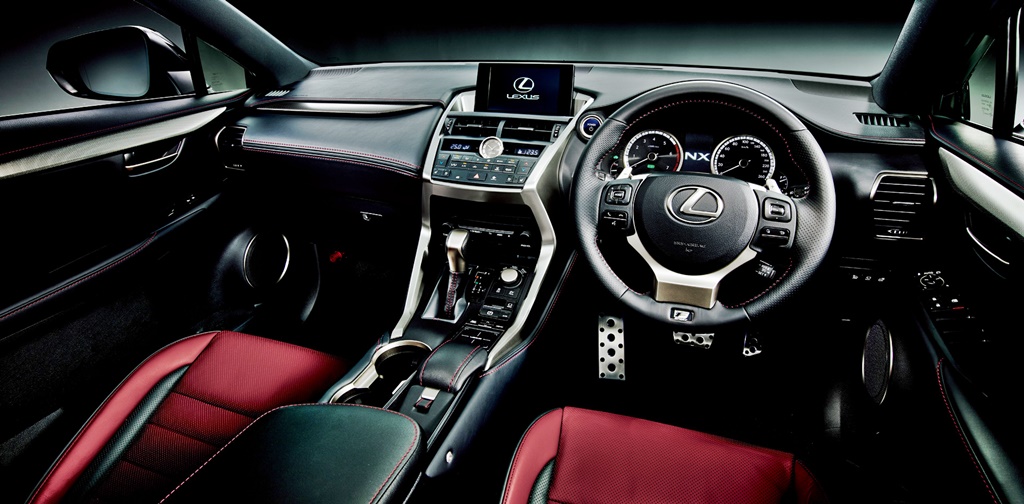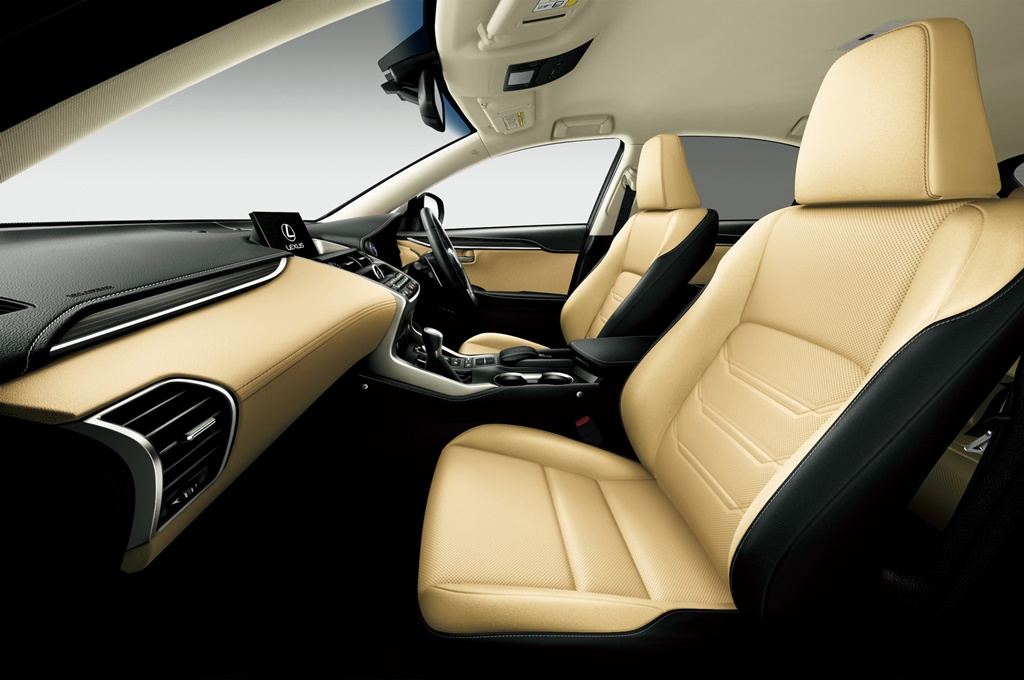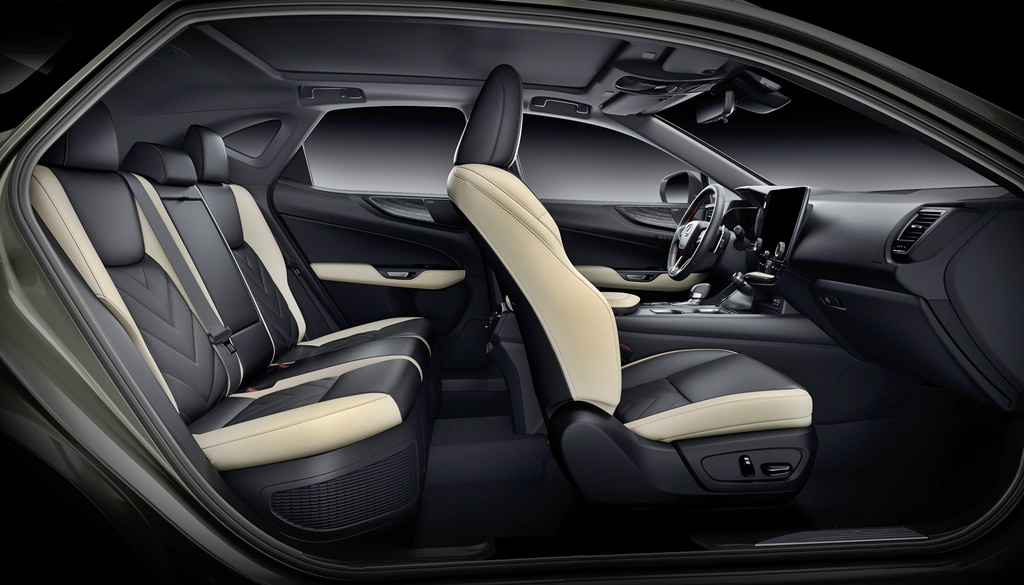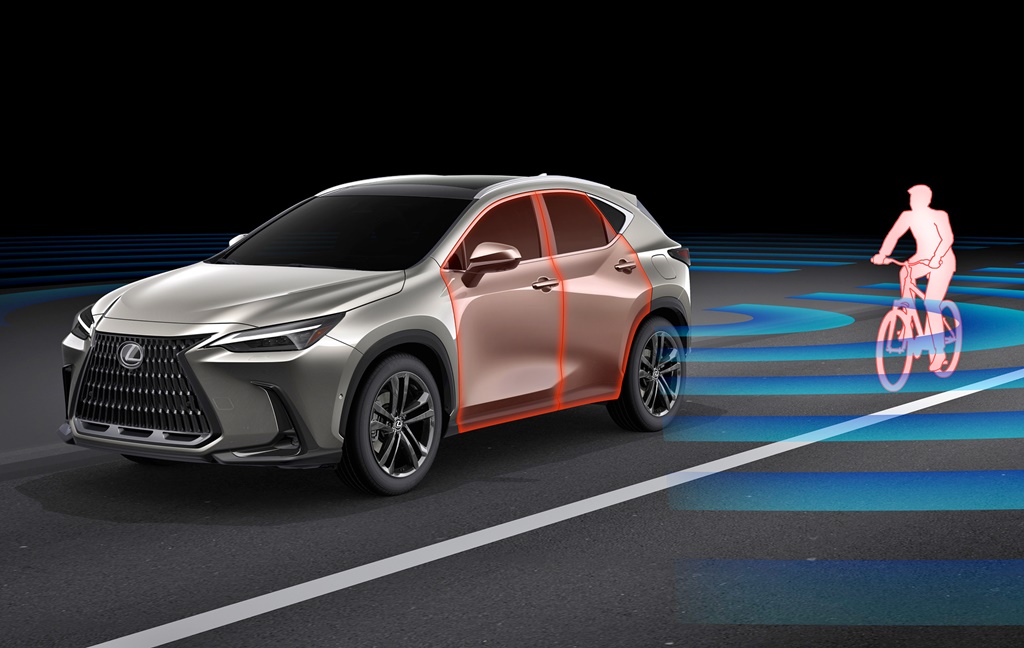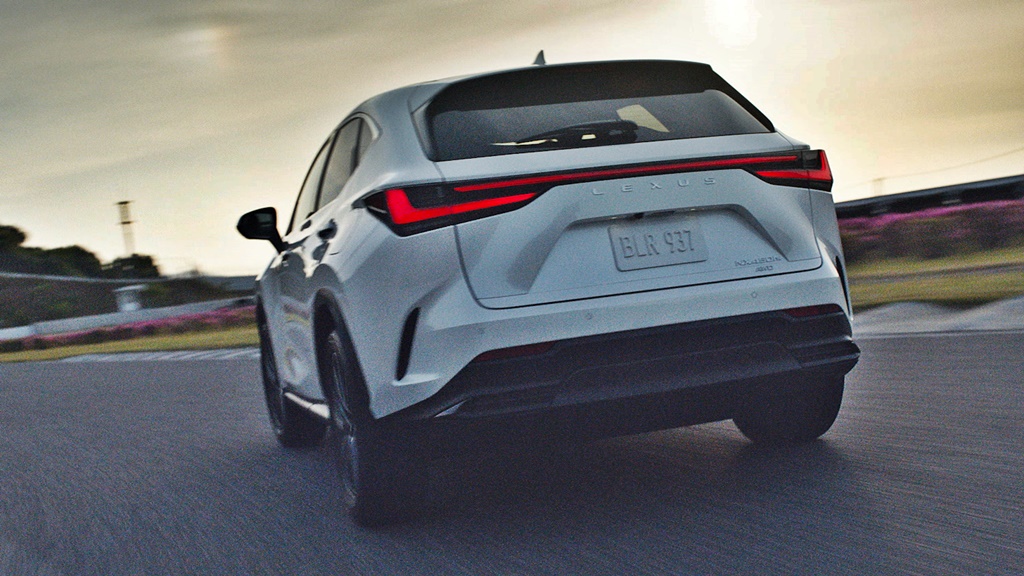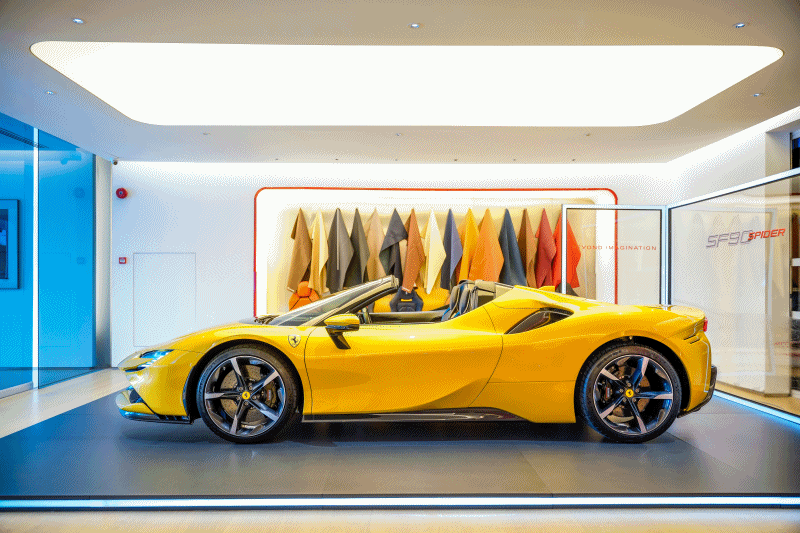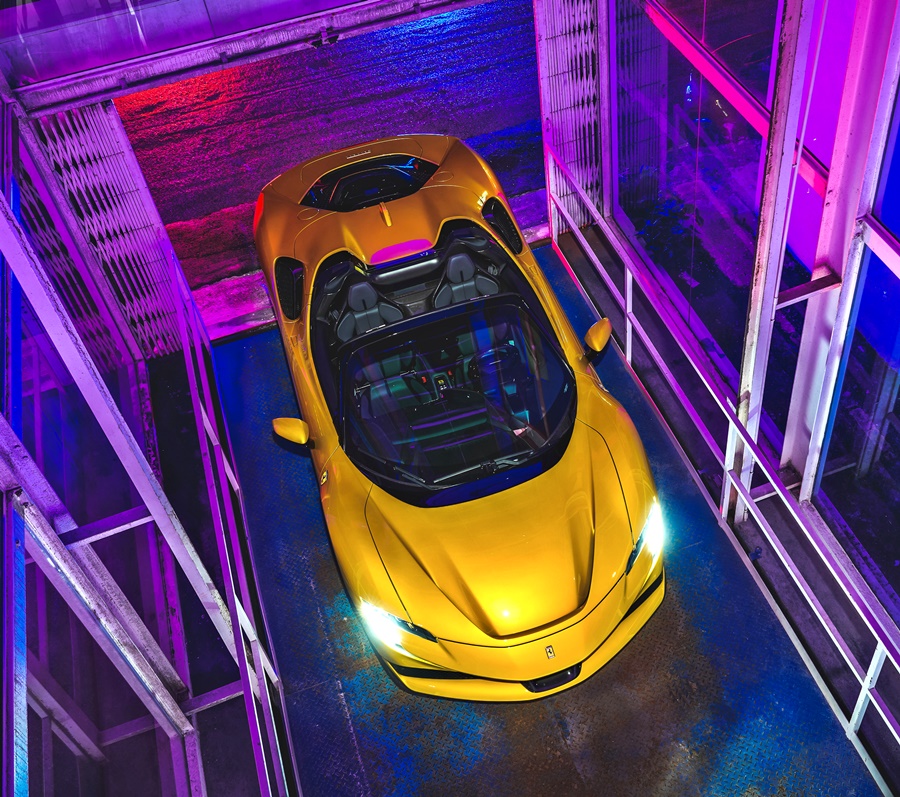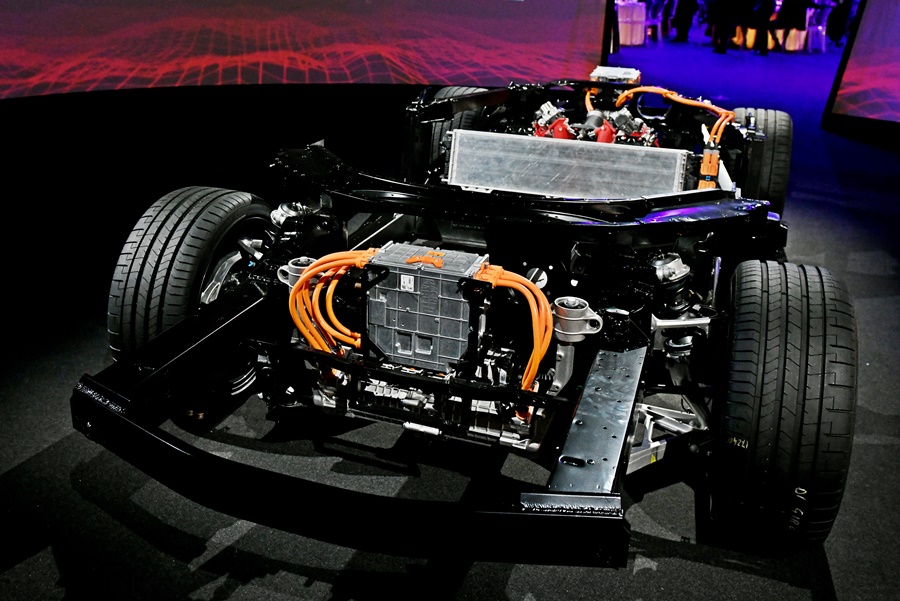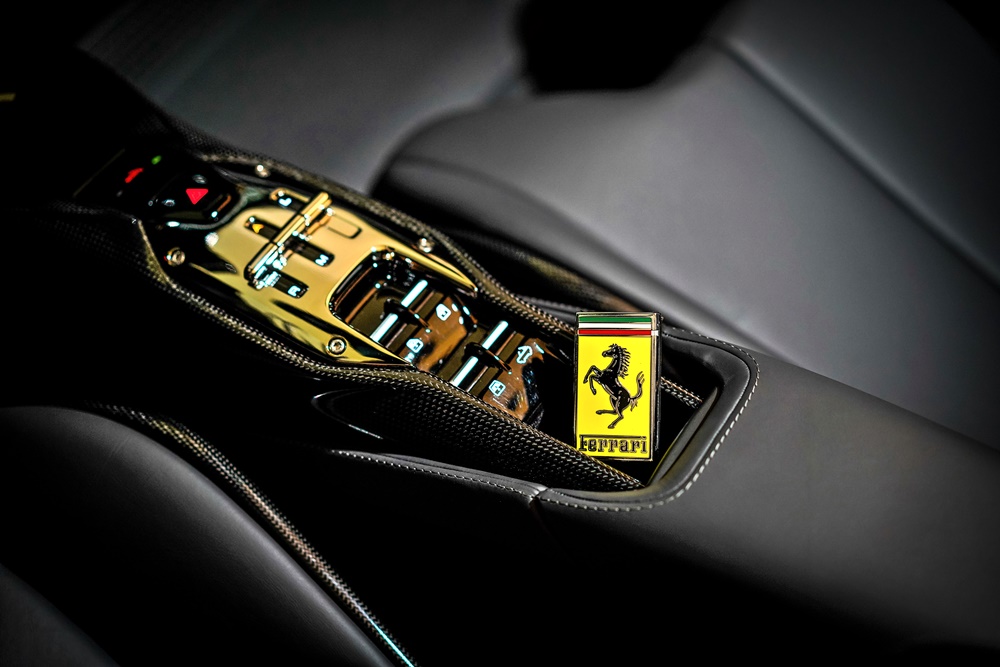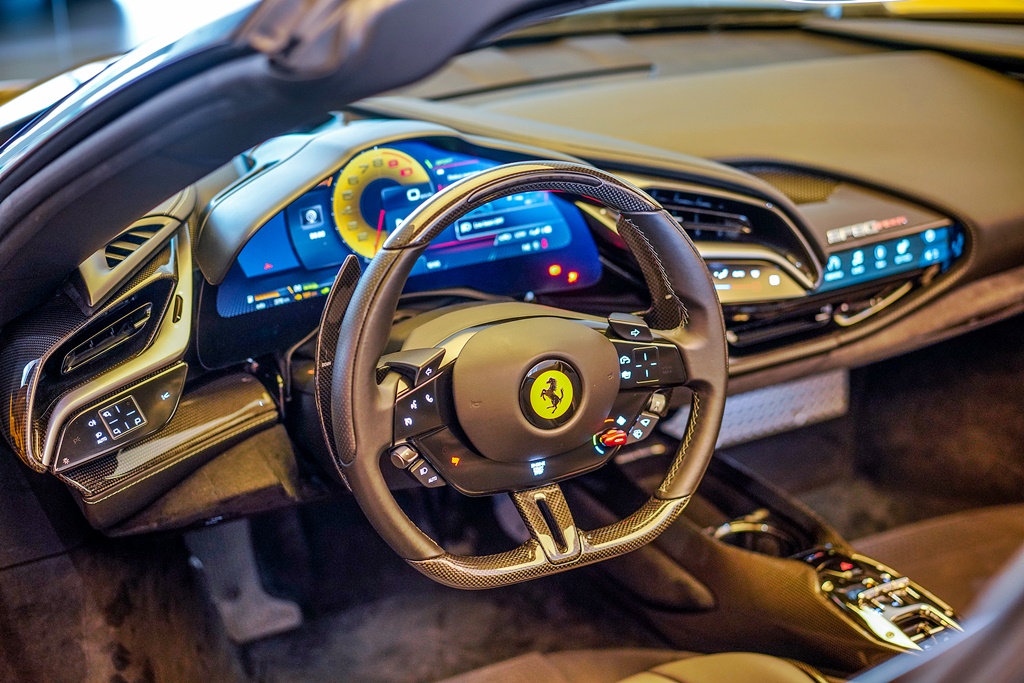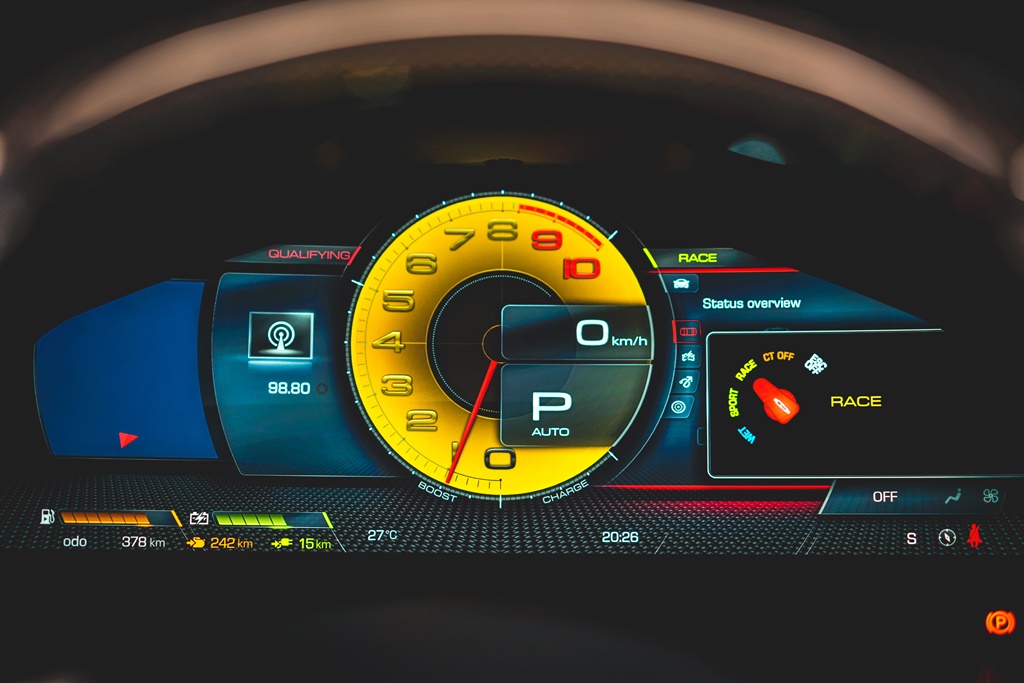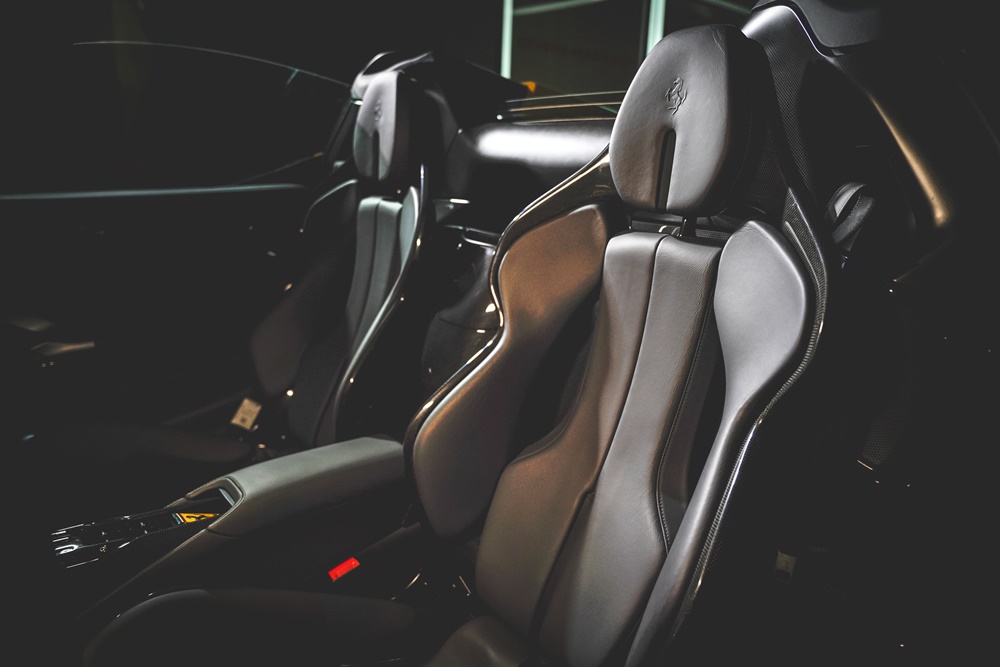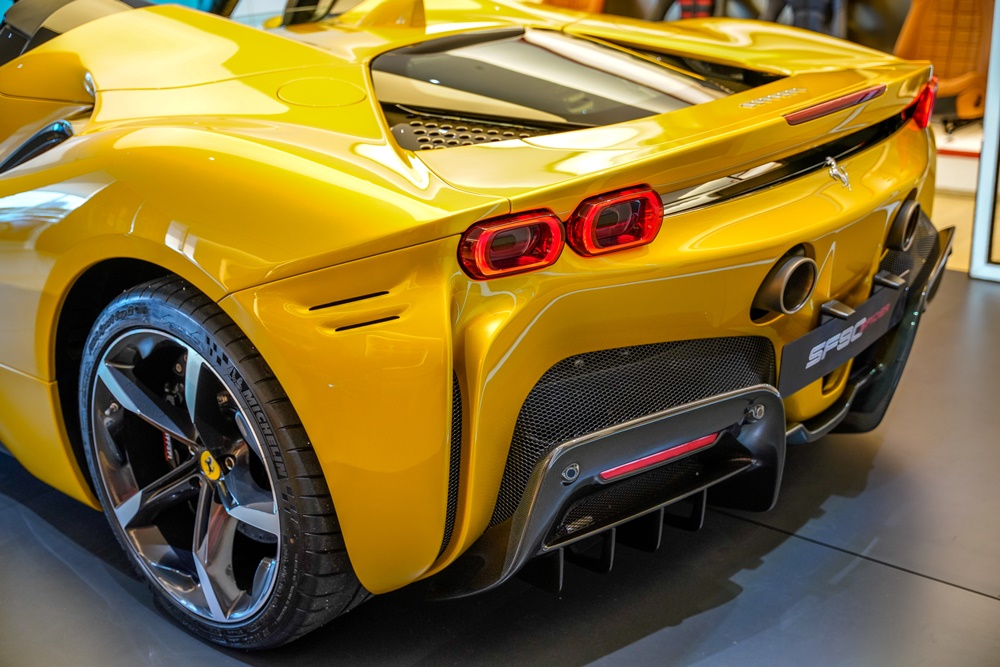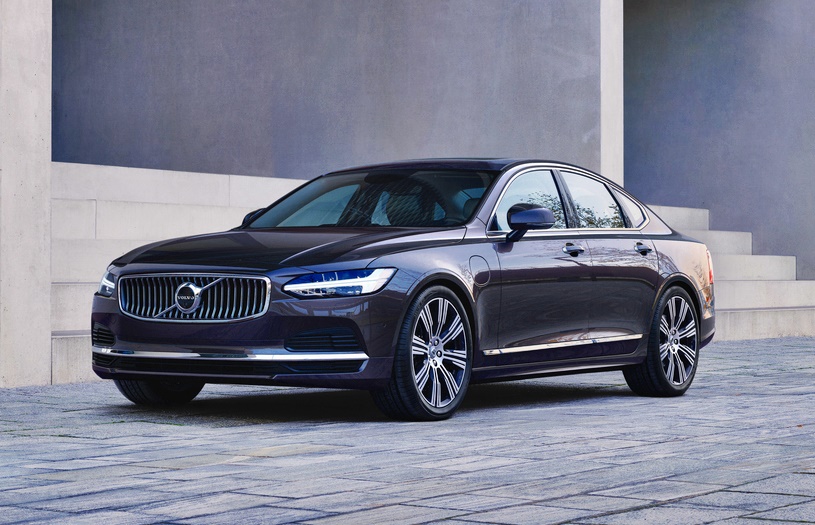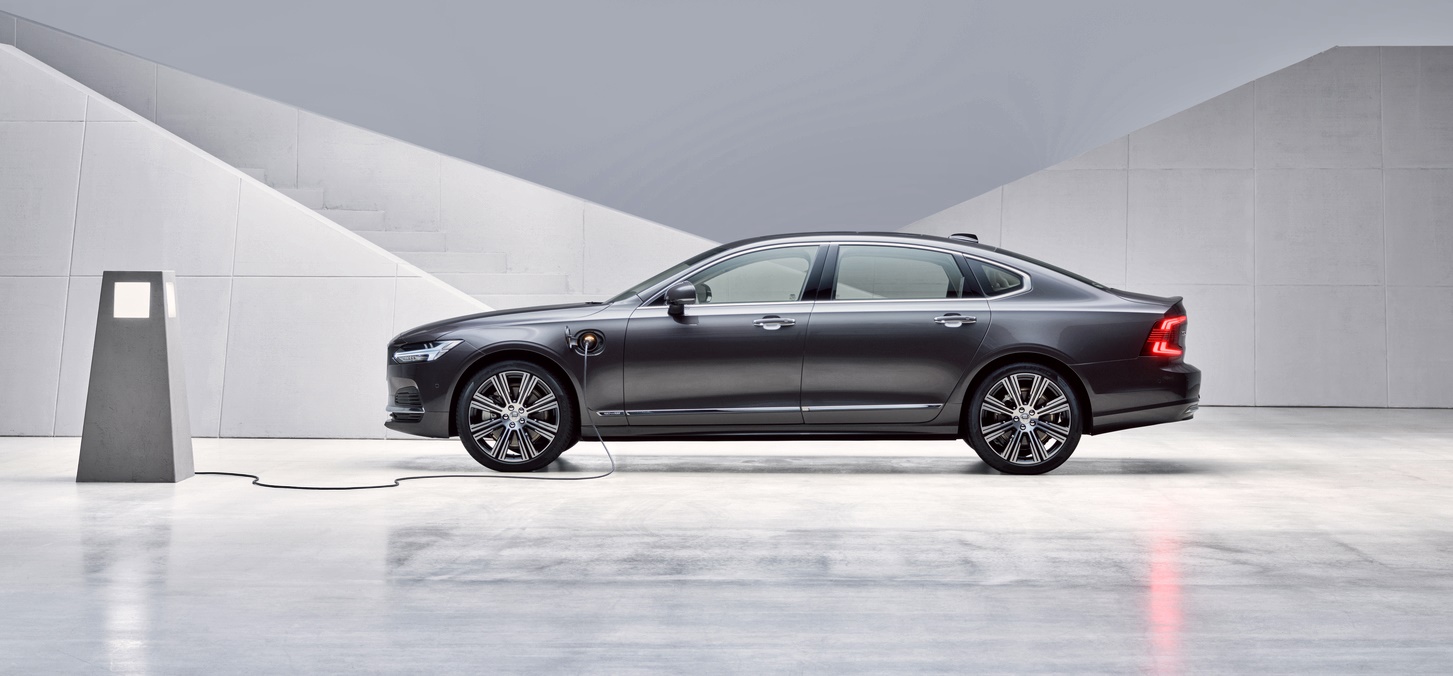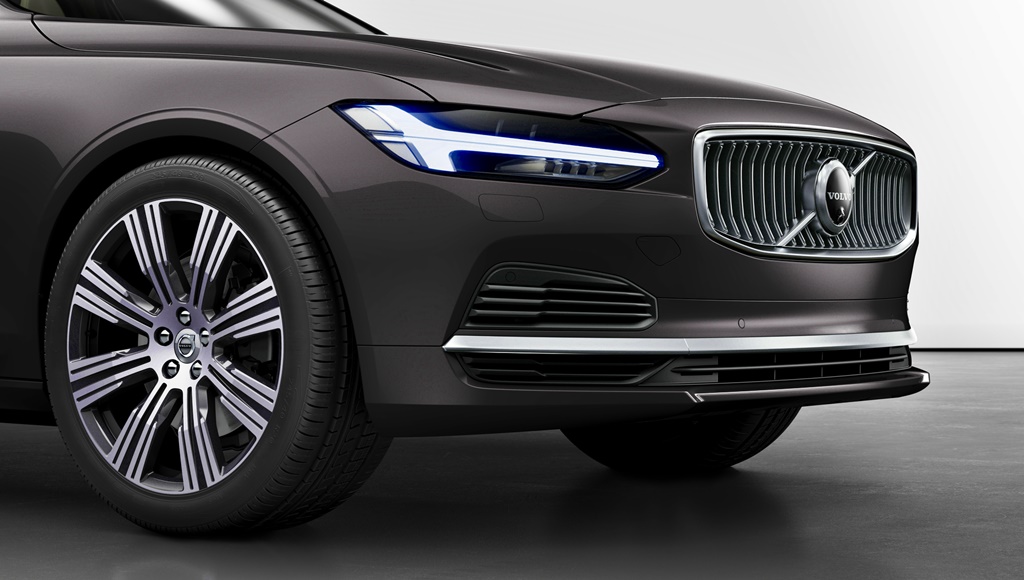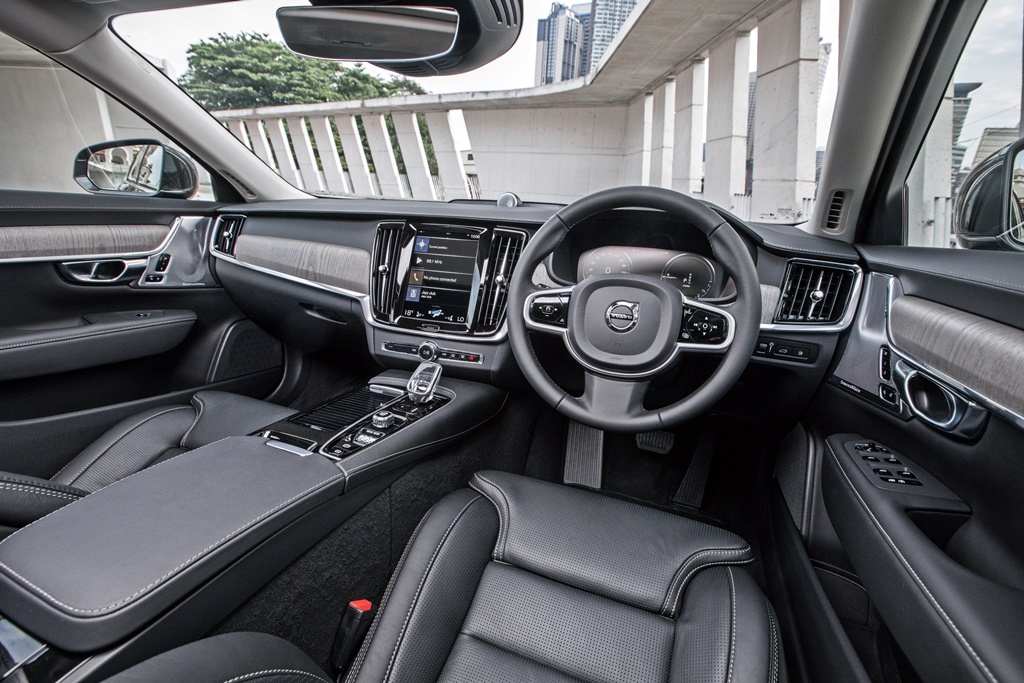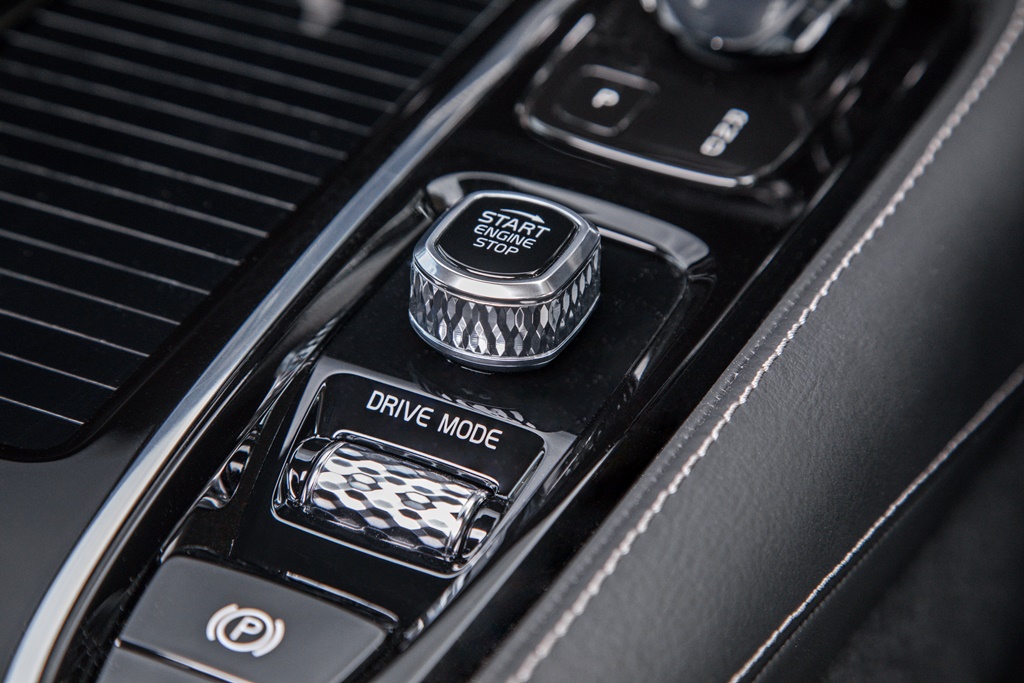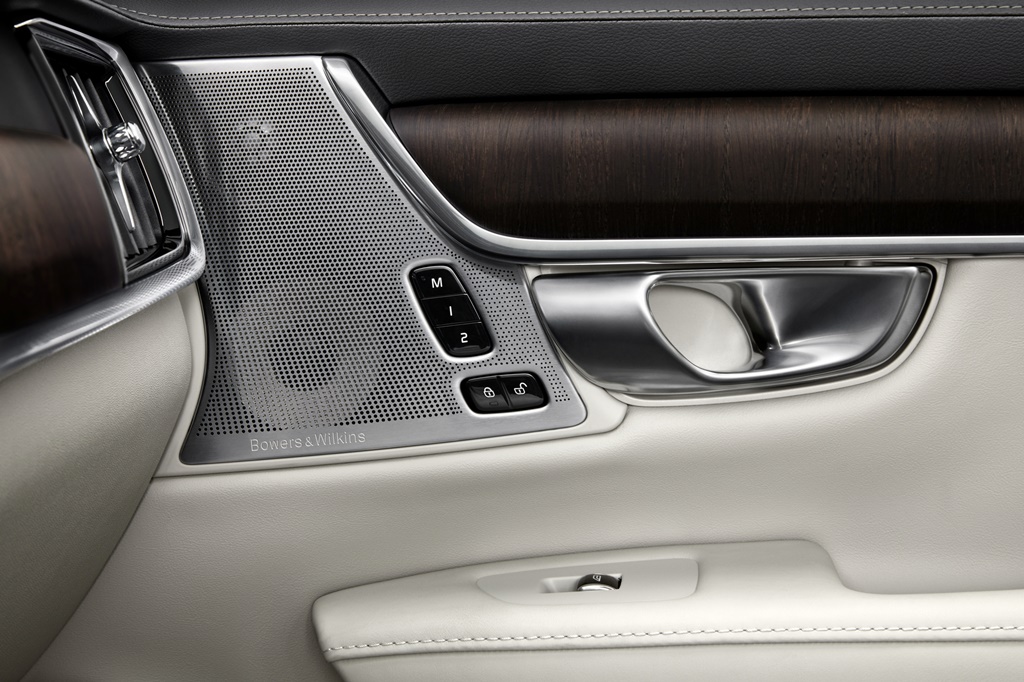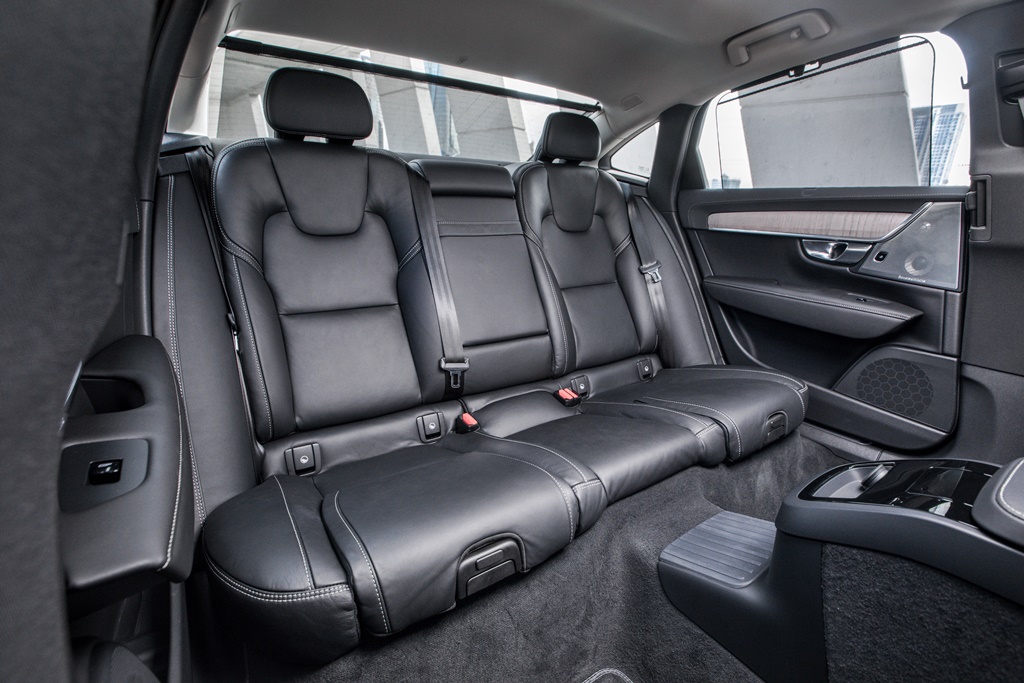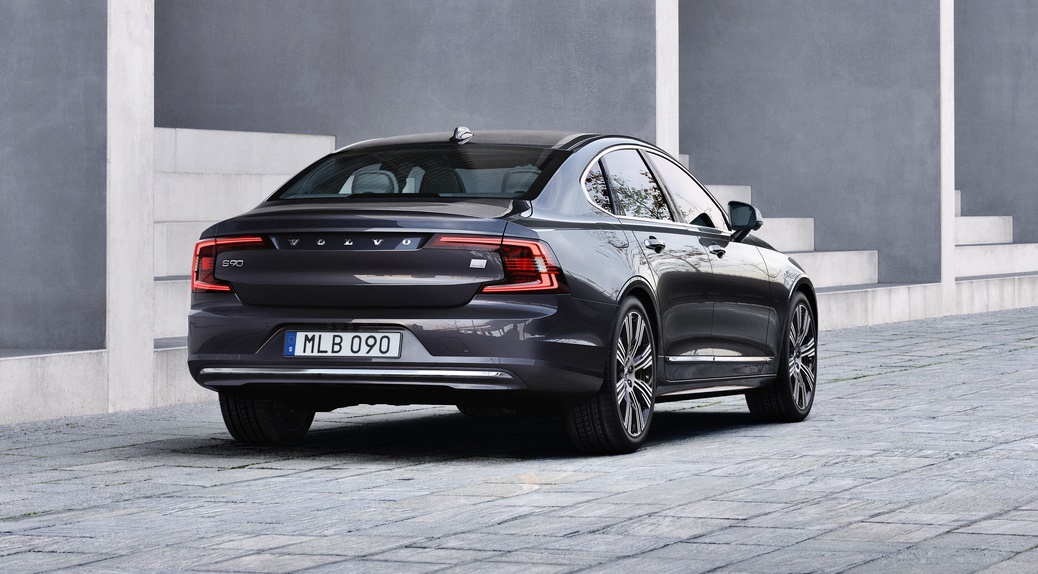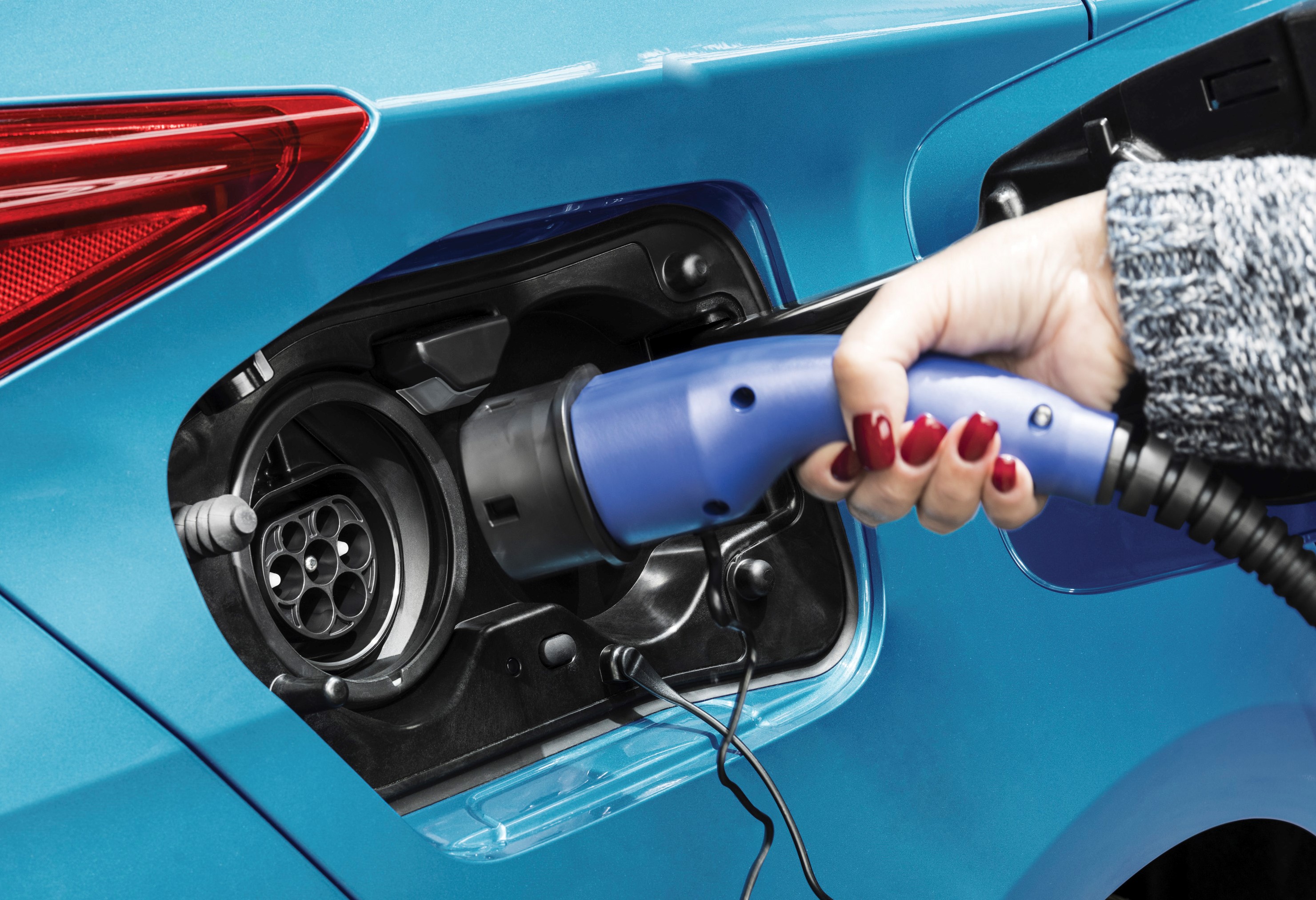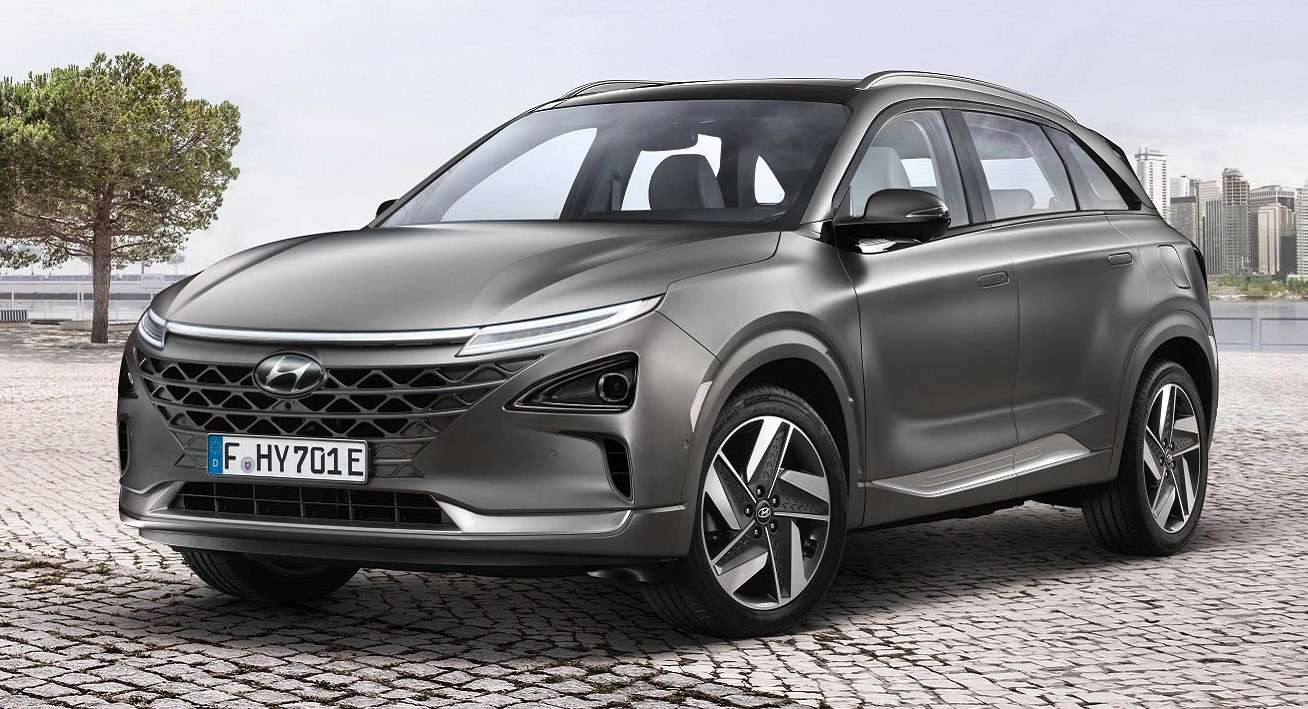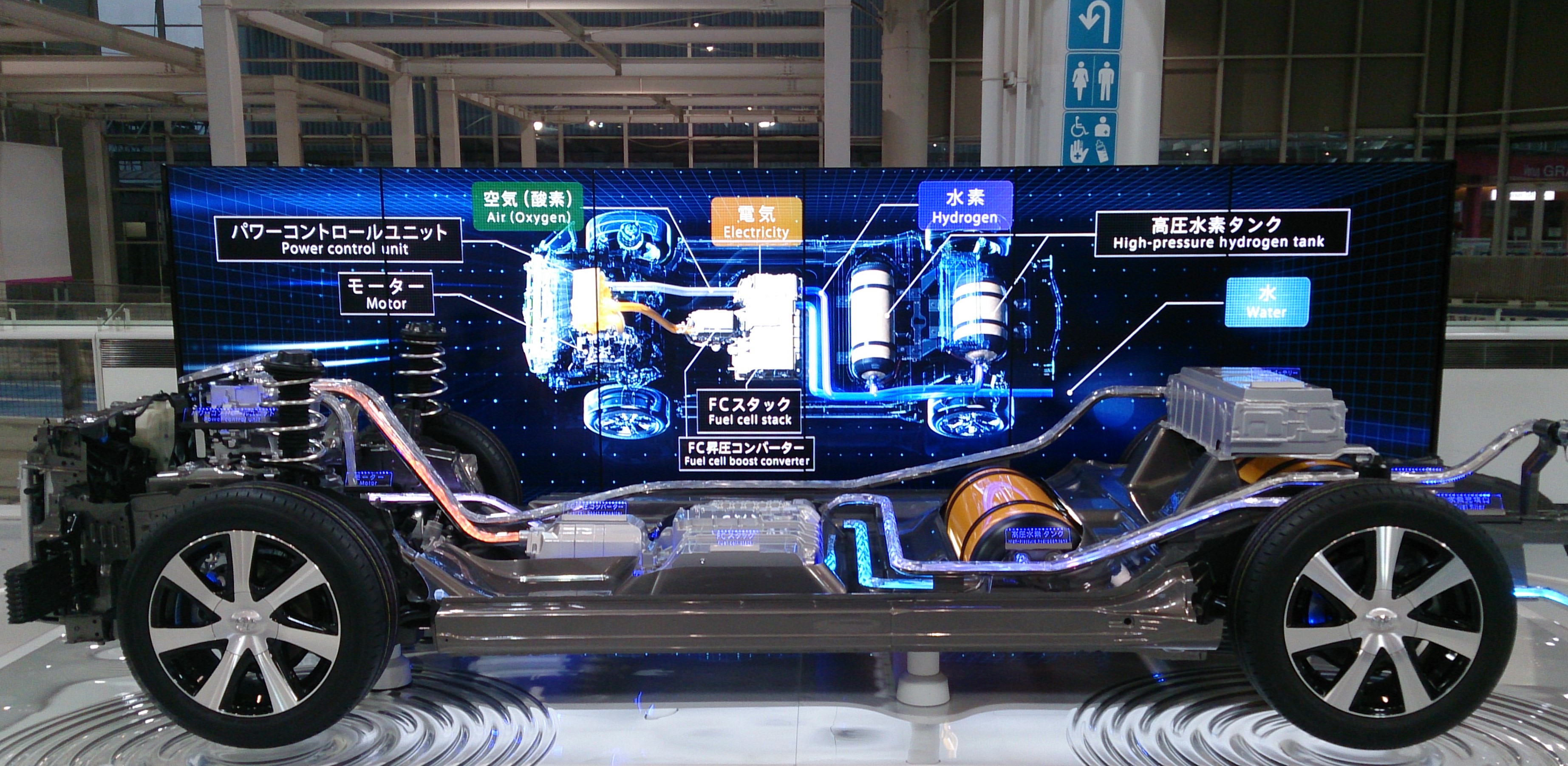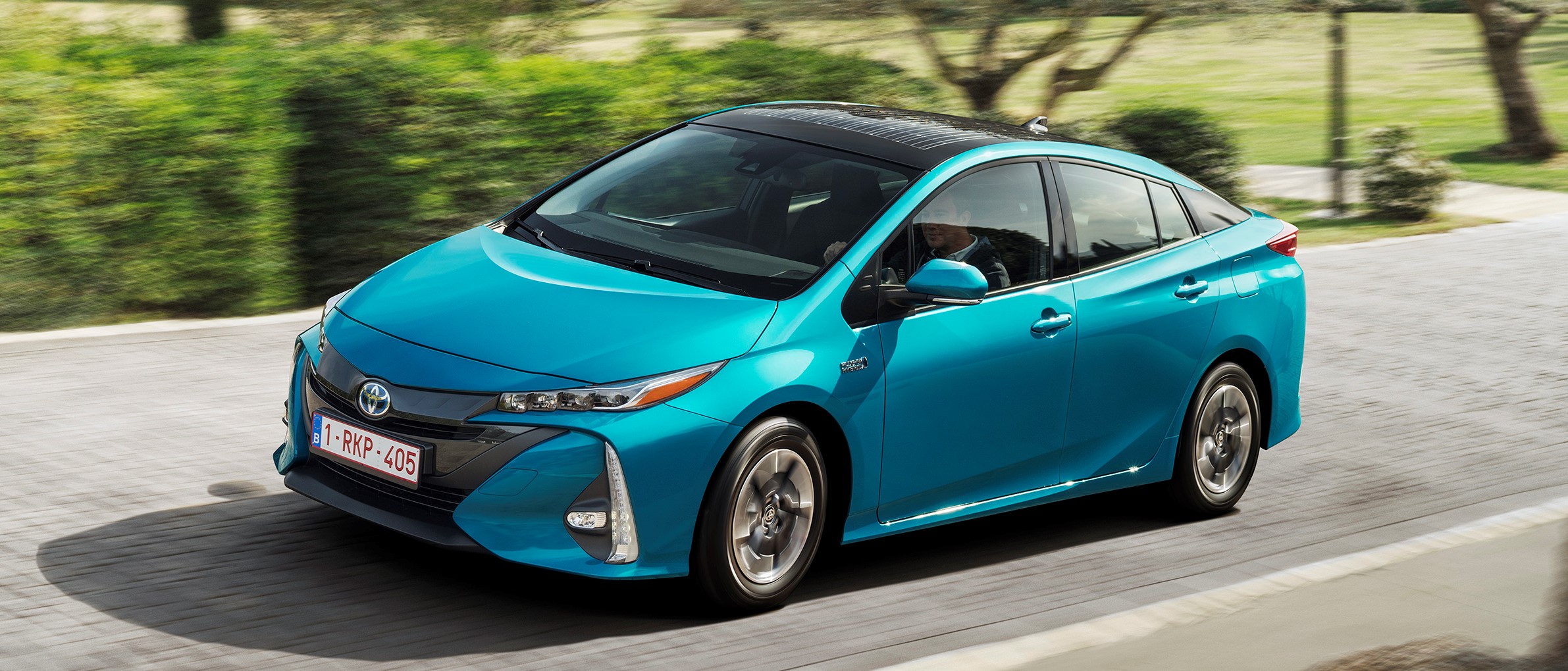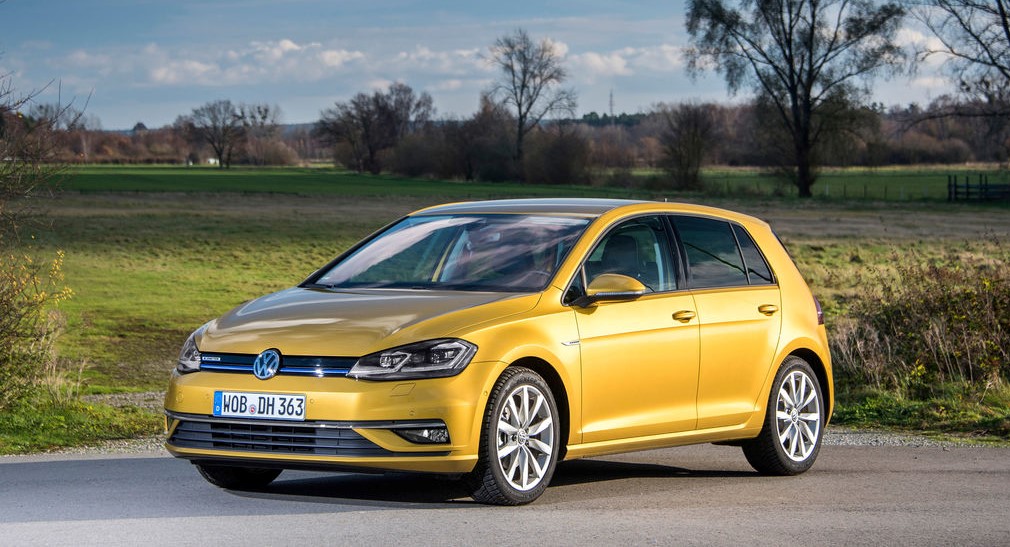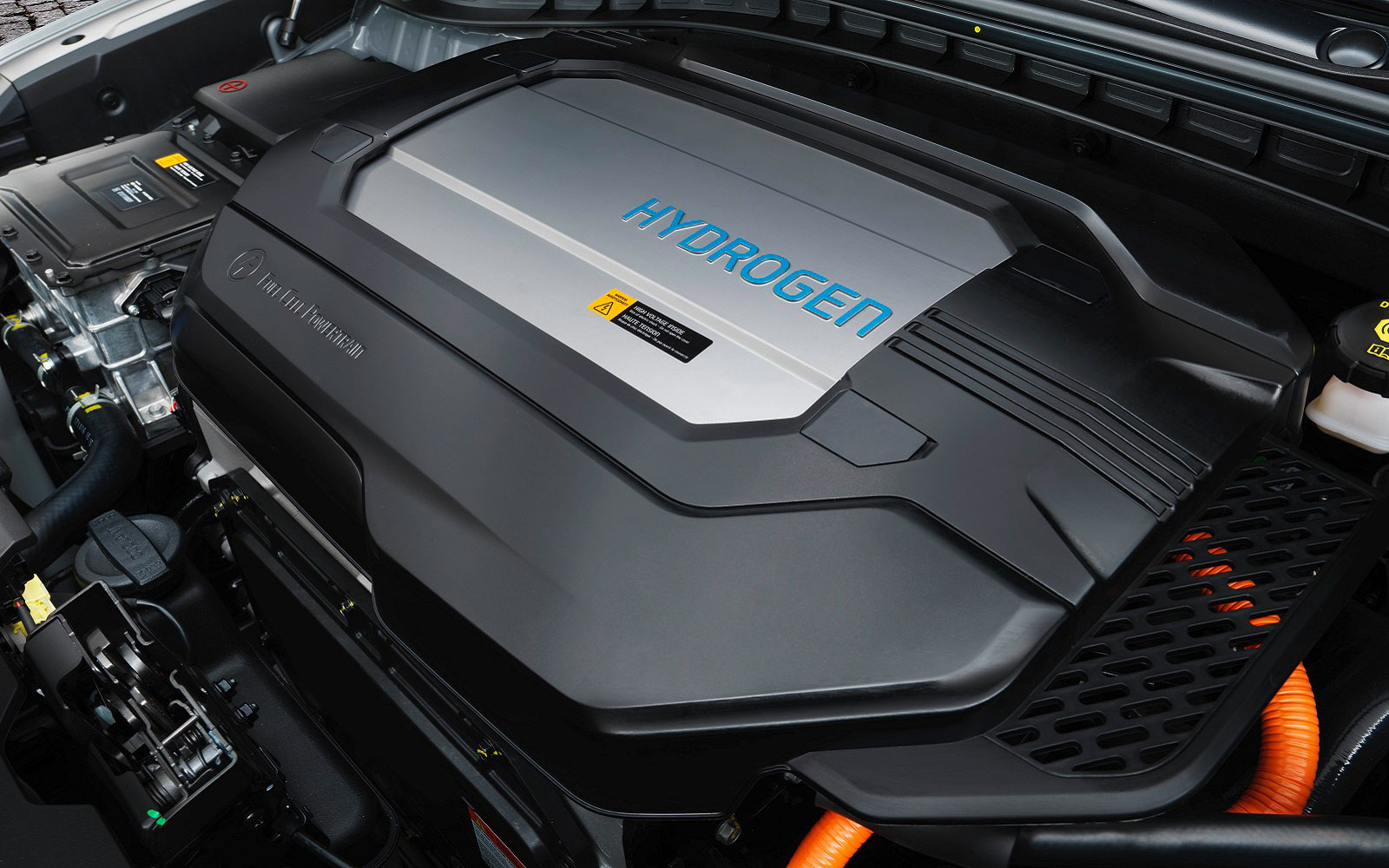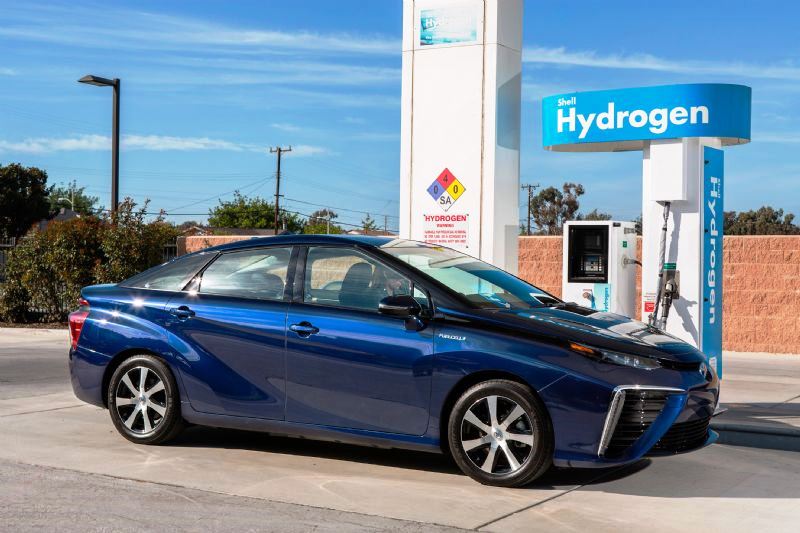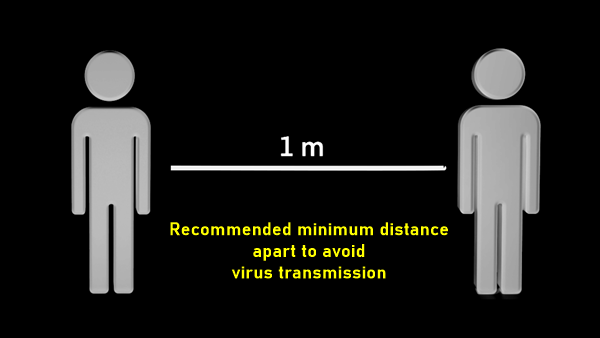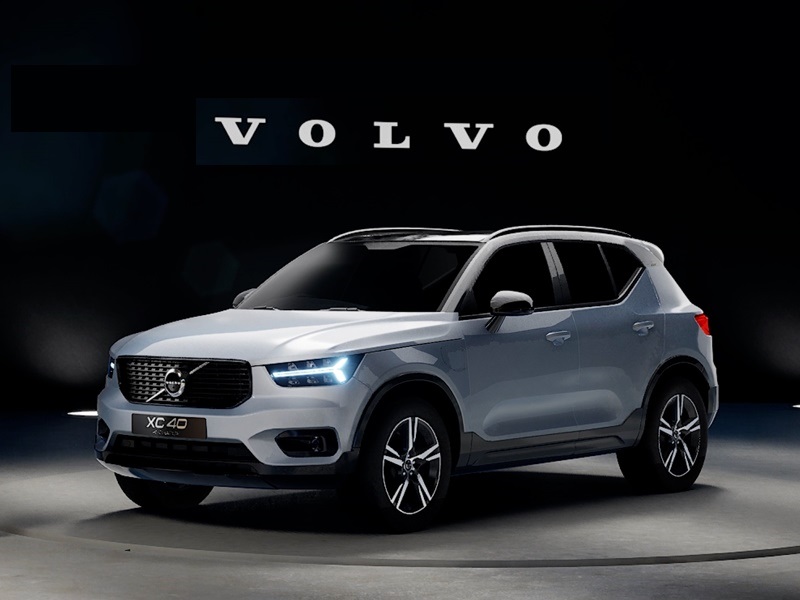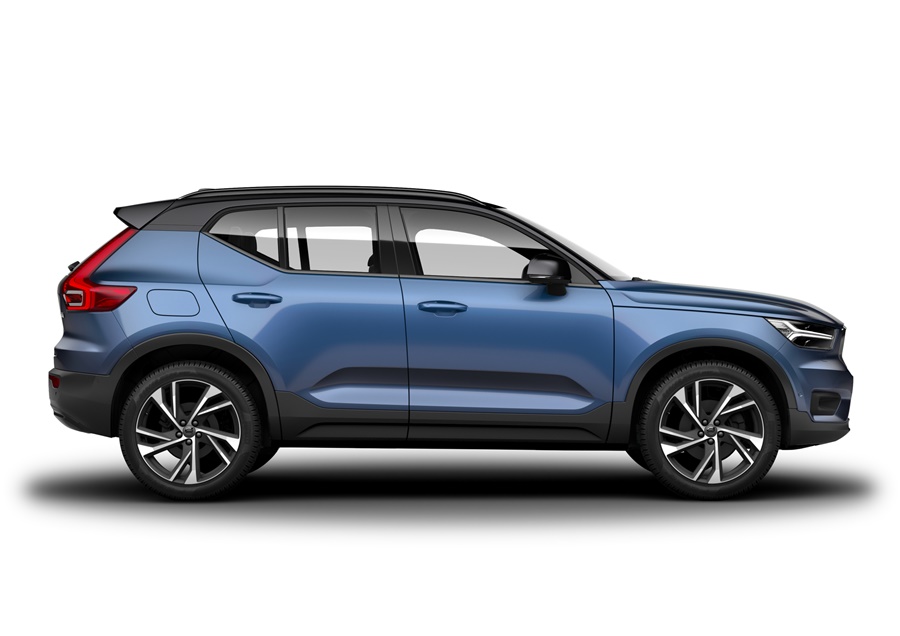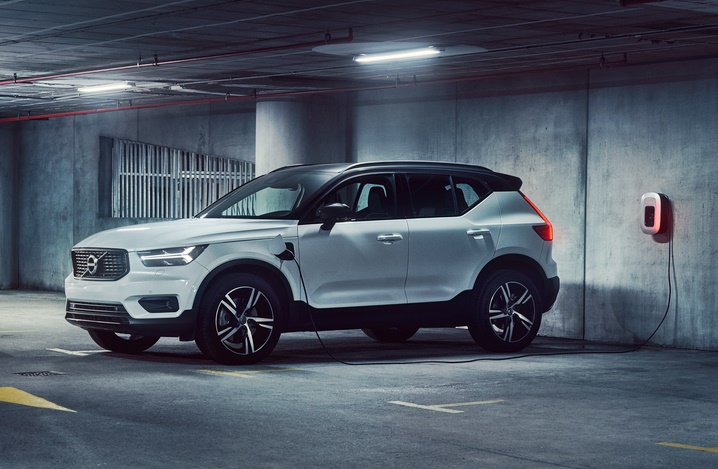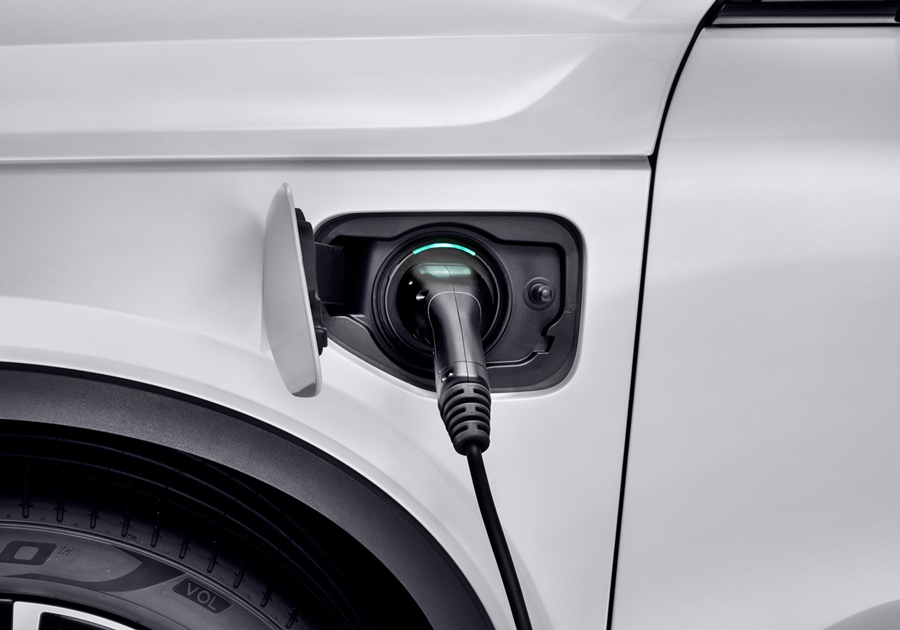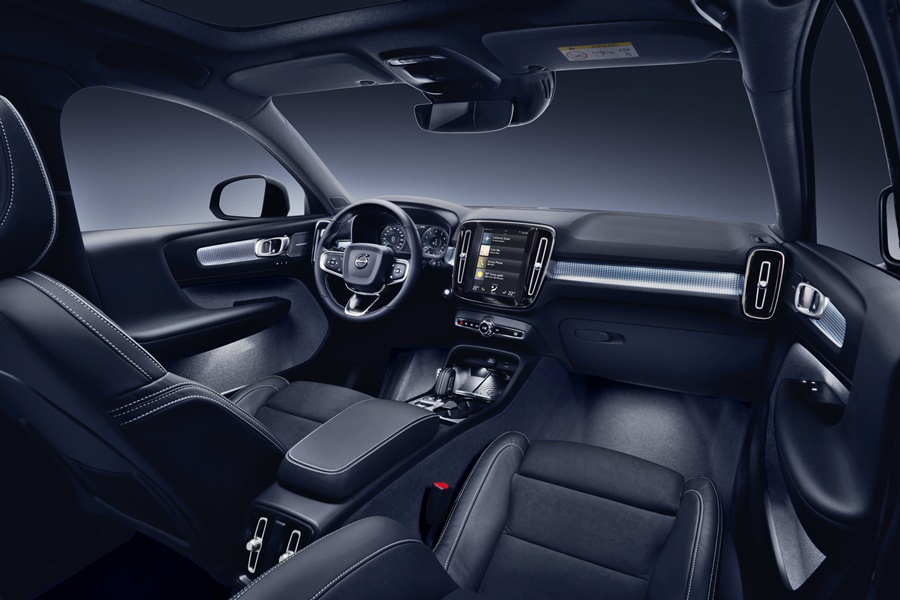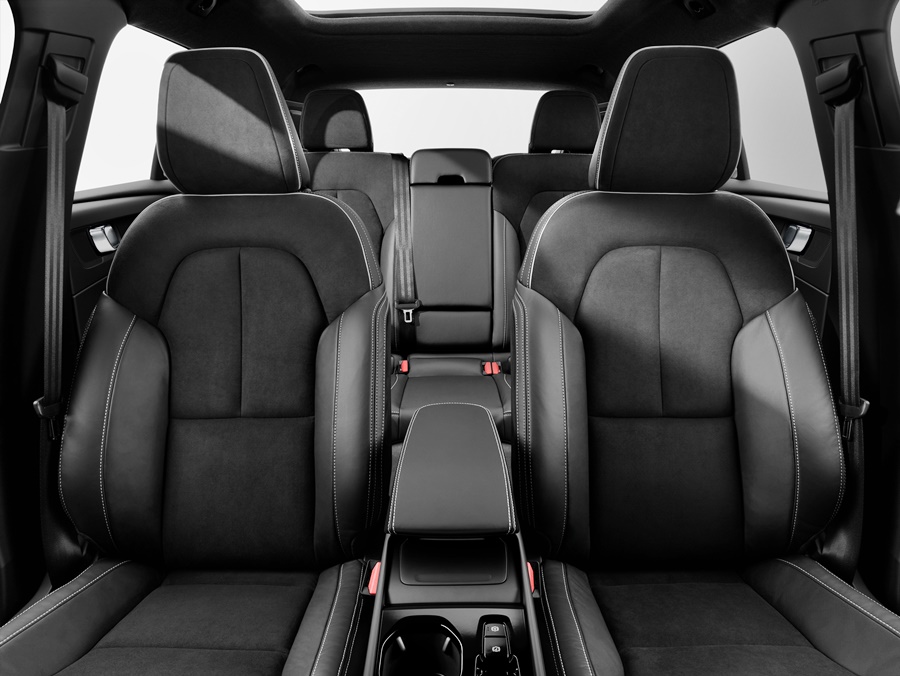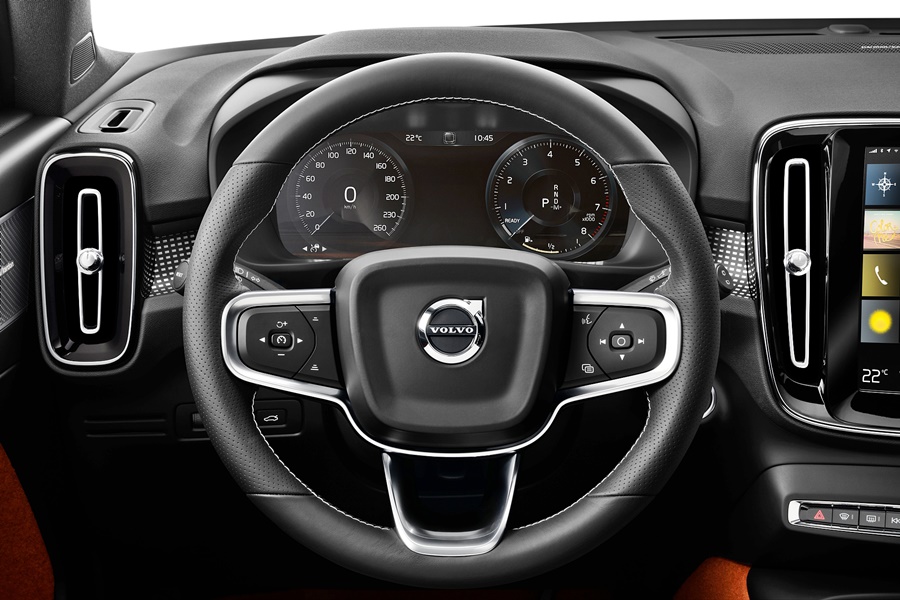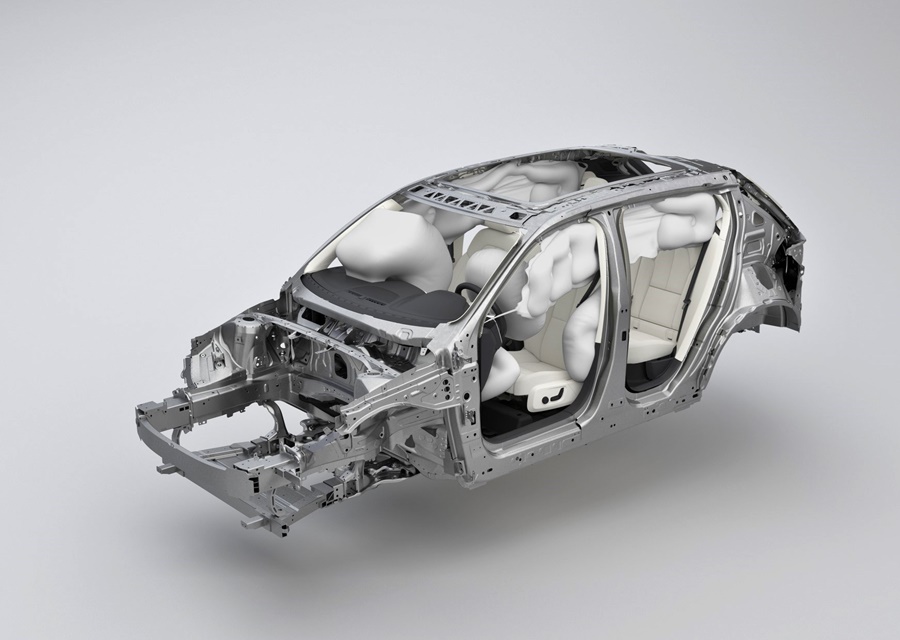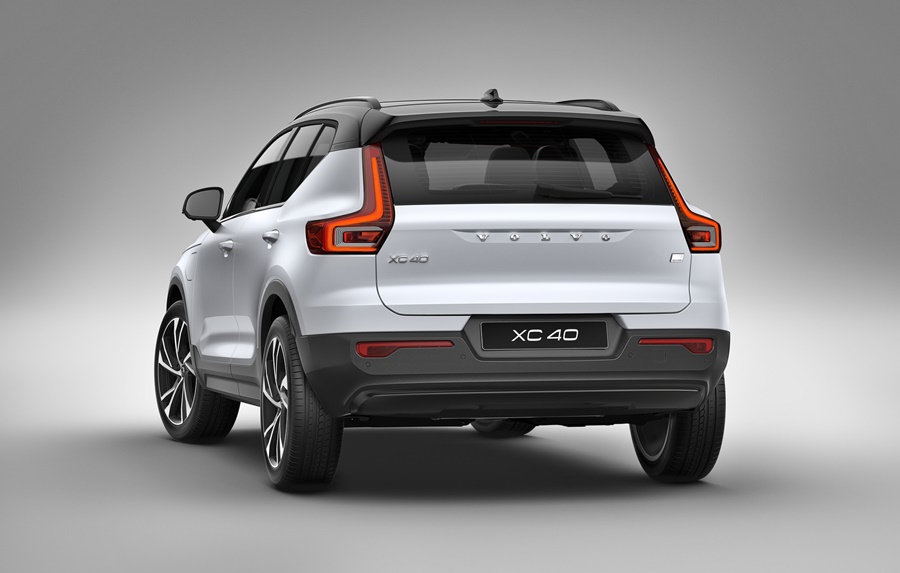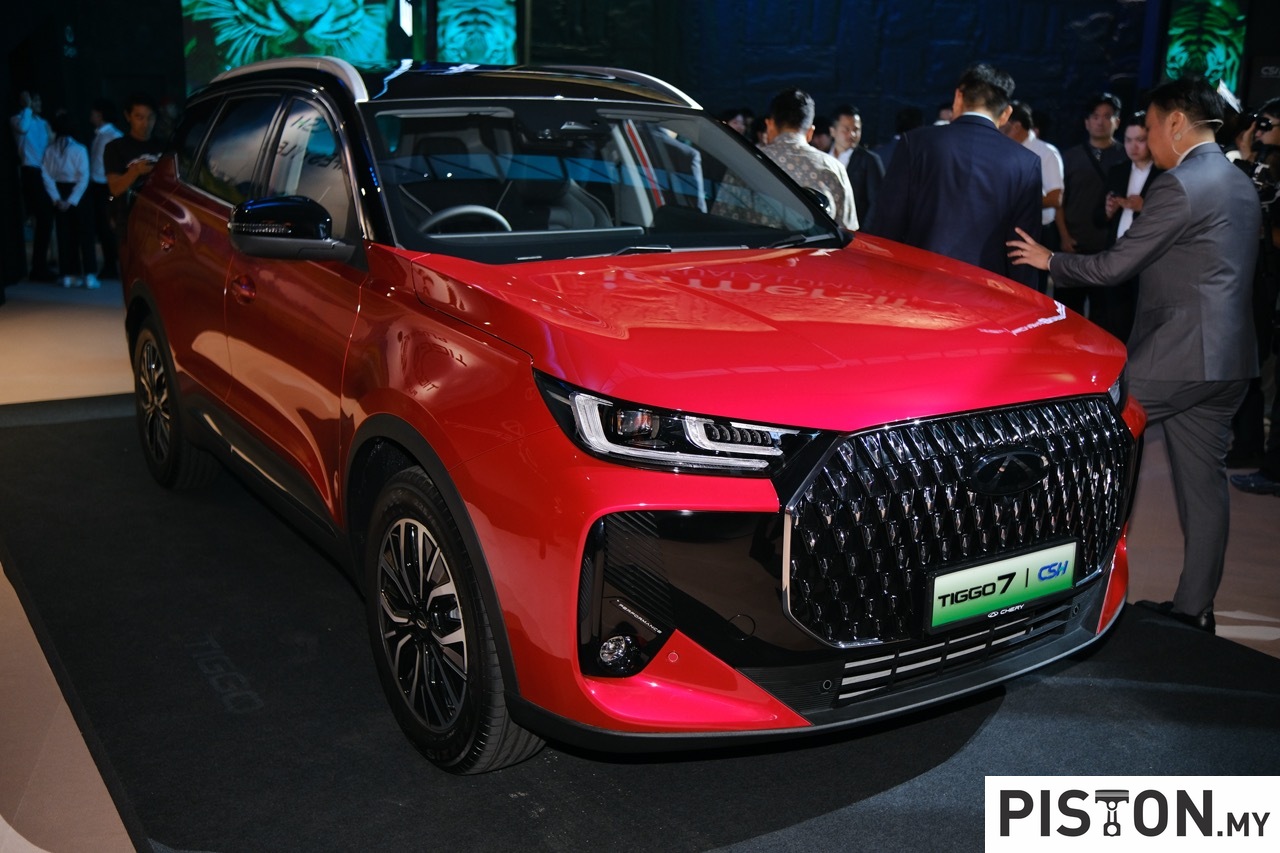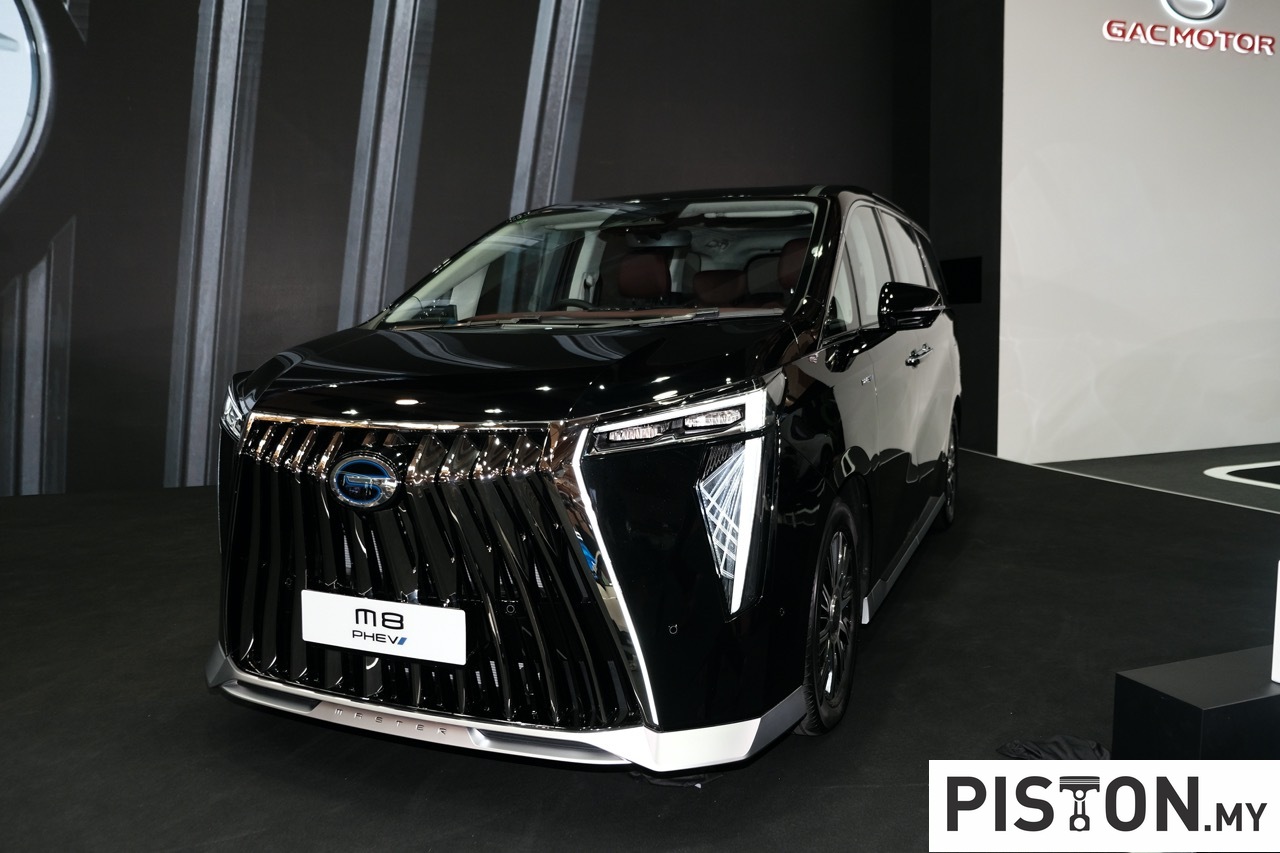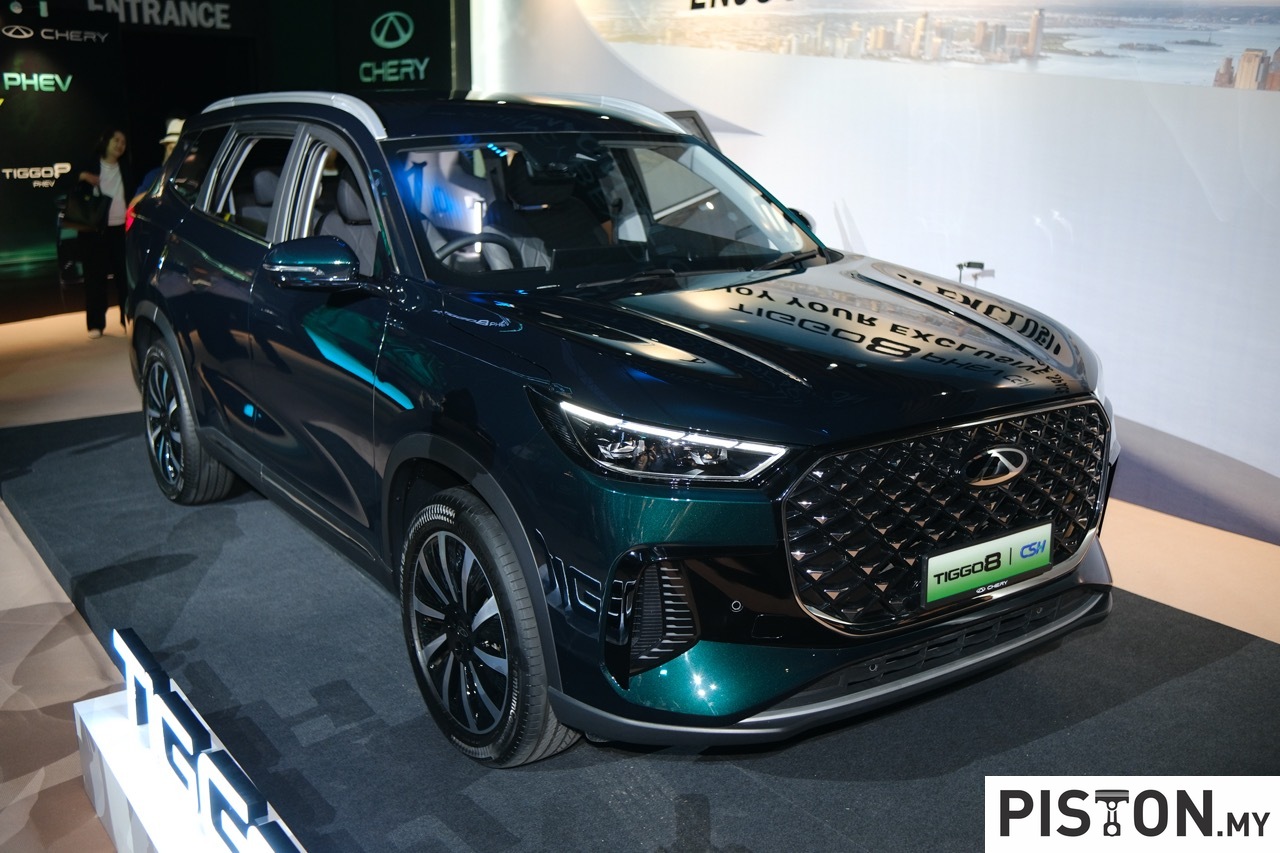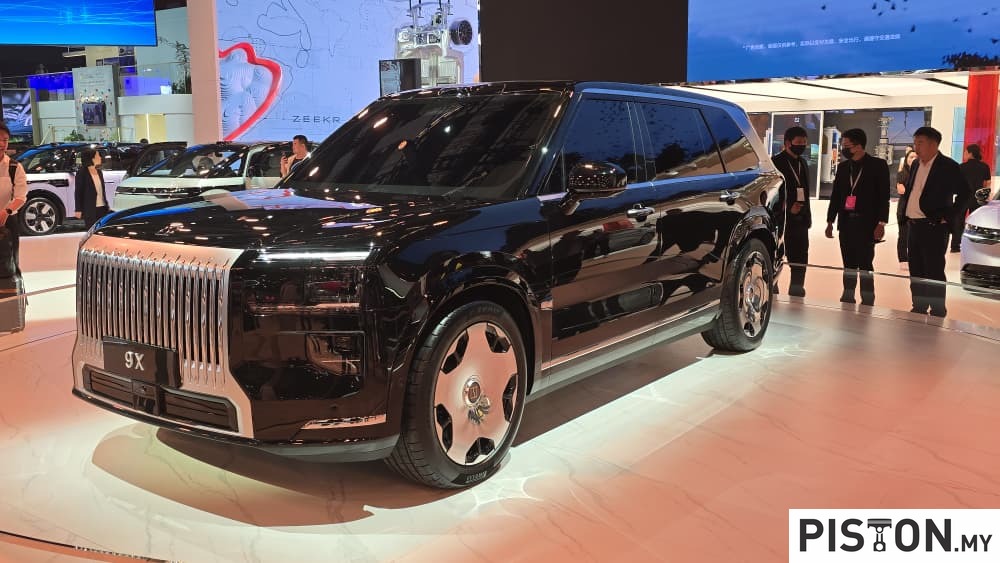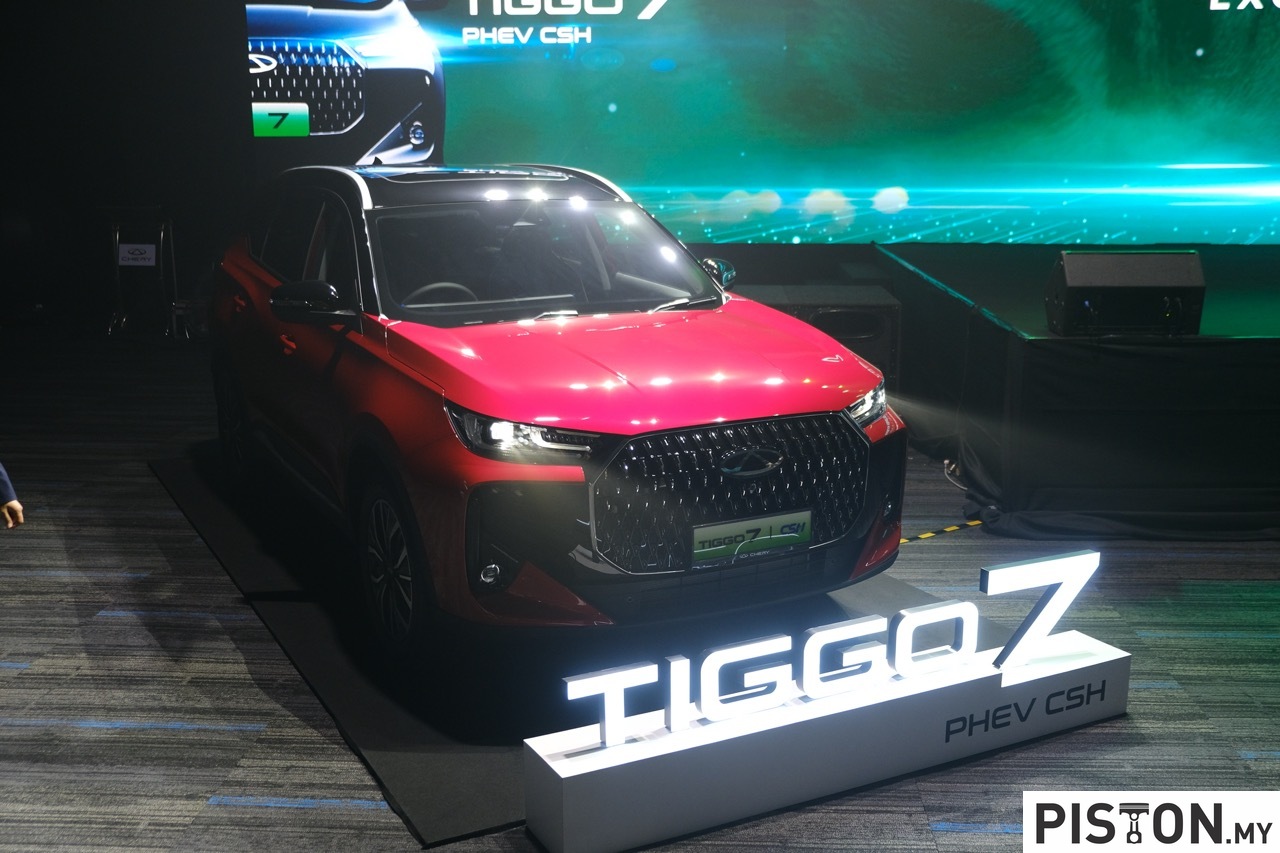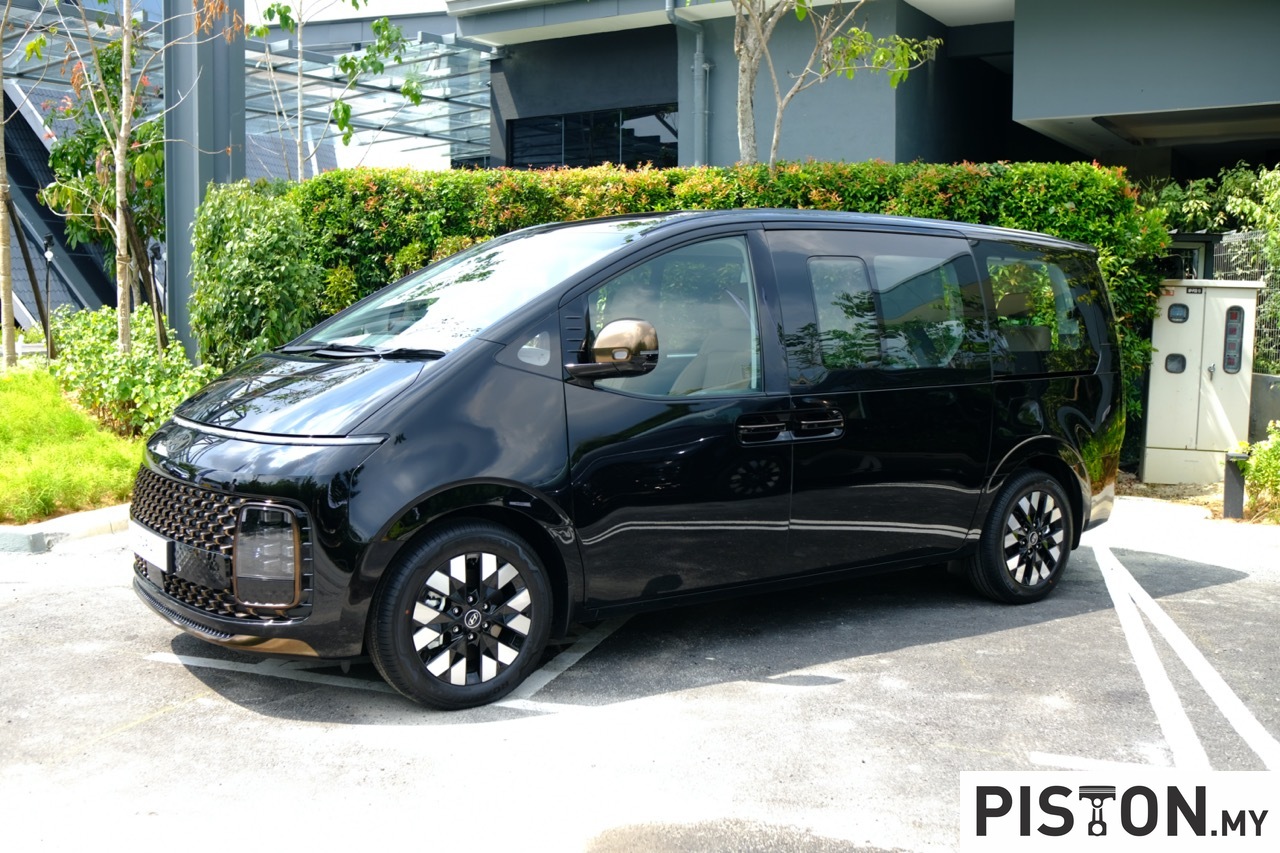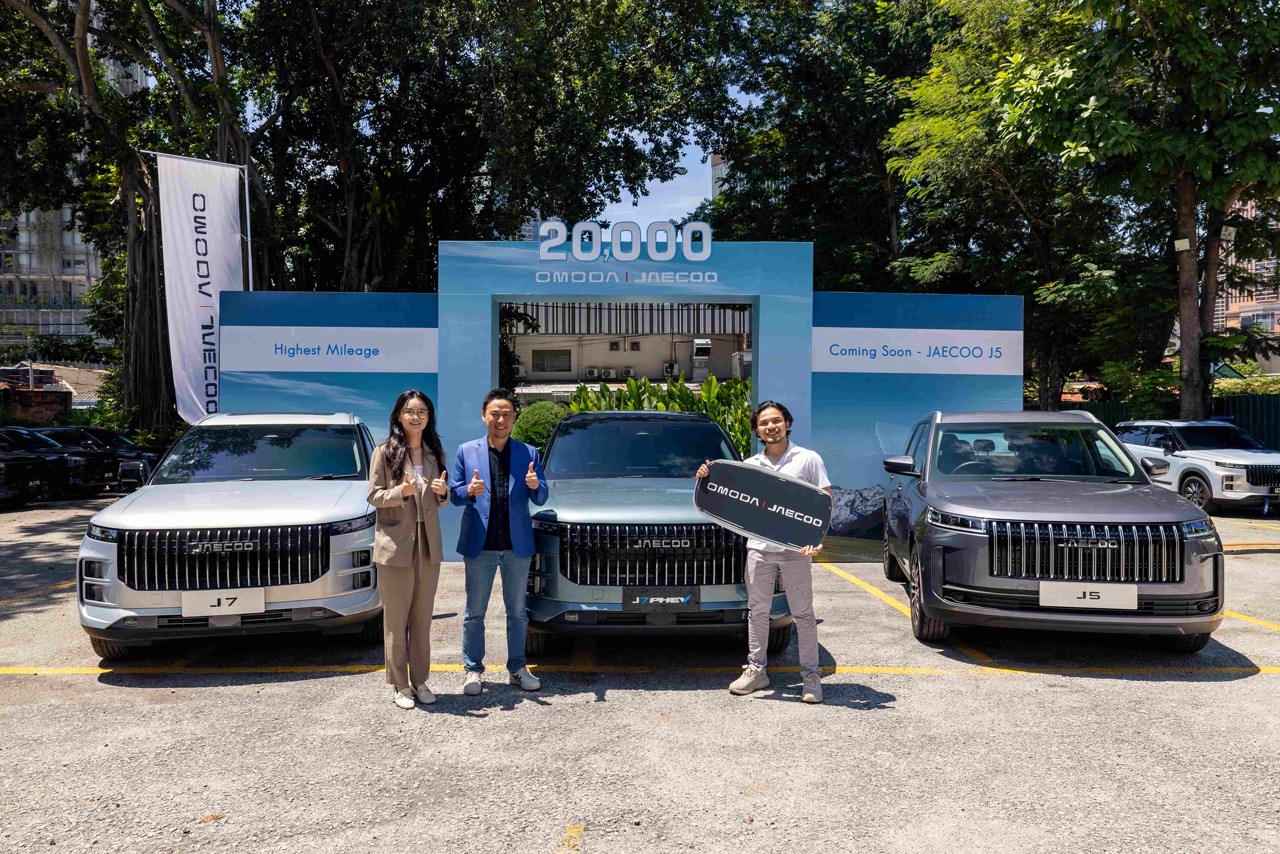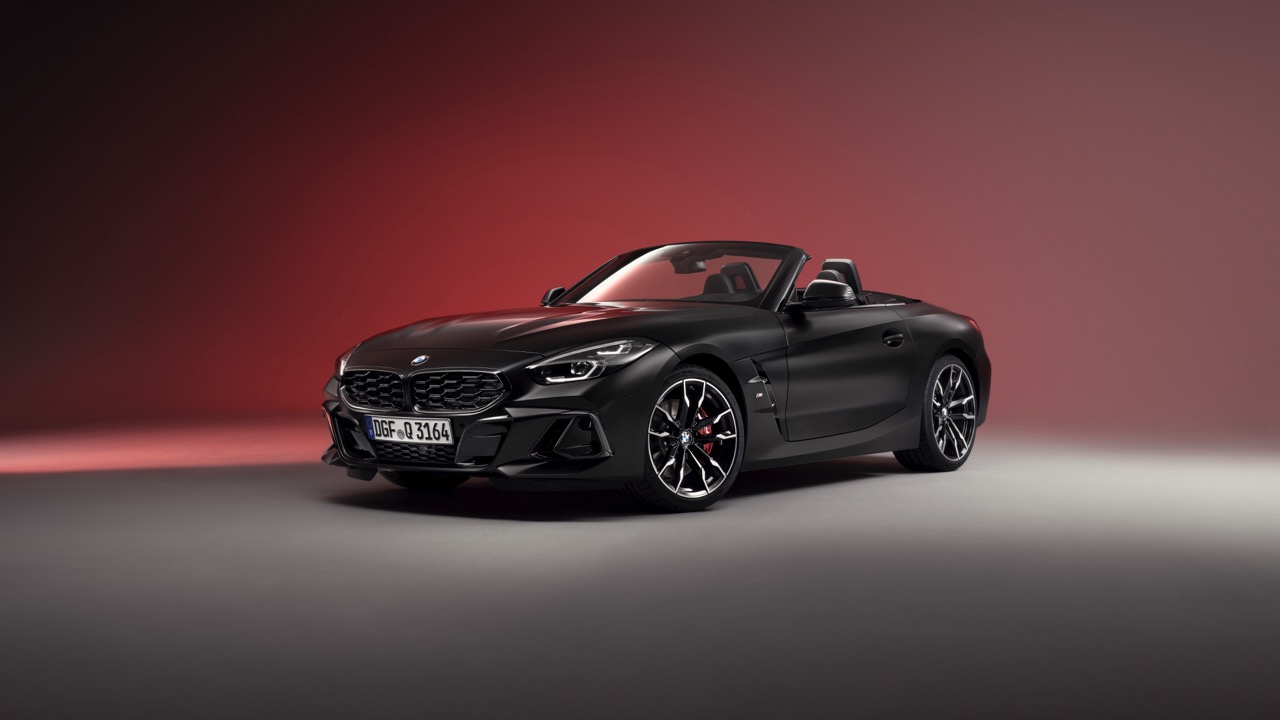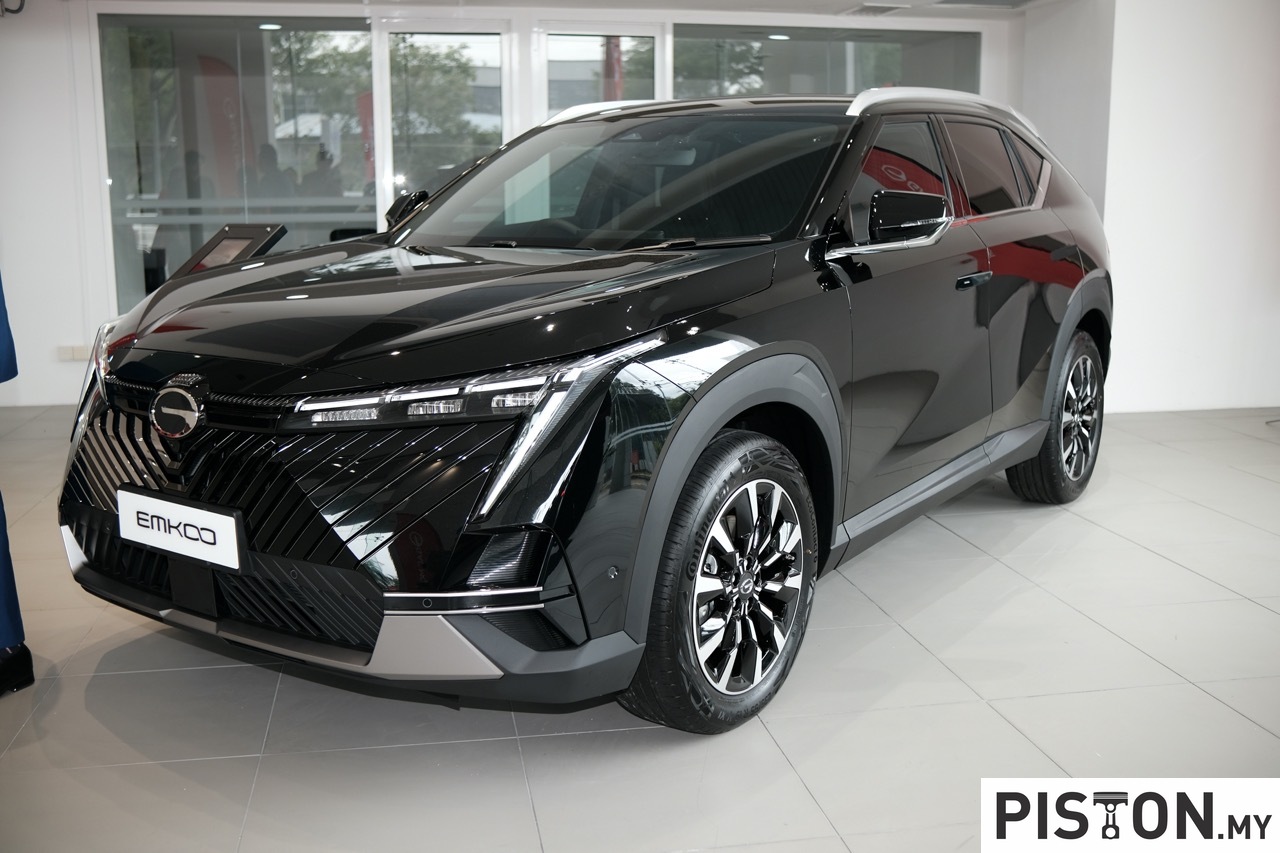The Valhalla was just a concept car which Aston Martin presented 2 years ago, a possible new model after the Valkyrie which would also be mid-engined. While it may have remained a concept for a while more, the change in ownership and management last year has seen the hybrid supercar being given the green light for production.
Led by Aston Martin’s CEO, Tobias Moers, the Valhalla is the latest and most significant product of the brand’s Project Horizon strategy. It will broaden the model portfolio to reflect Aston Martin’s presence in Formula 1 and drive the transition from internal combustion to hybrid to full electric powertrains.
Technology expertise from F1 team
Built with chassis, aerodynamic and electronics expertise drawn from its F1 involvement via the Aston Martin Cognizant team, the Valhalla is expected to offer superlative performance, dynamics and also driving pleasure. It will be a rolling showcase of technology employed in the highest level of motorsport.
Propelling the Valhalla is its all-new plug-in hybrid (PHEV) powertrain with a rear (mid)-mounted 4-litre twin-turbo bespoke V8 engine originating from Mercedes-AMG (a V6 had been considered before). This is said to be the most advanced, responsive and highest performing V8 engine ever installed in an Aston Martin, developing 750 ps to power the rear wheels.
Supplementing the V8 engine is a pair of EMotors, one mounted on the front axle and the other on the rear axle. The motors, which get energy from a 150kW/400V battery pack contribute a further 204 ps to give a total system output of 950 ps.
When driven in EV mode, power is directed exclusively to the front axle. In other driving modes the power is split between front and rear axles. The percentage sent to each axle constantly varies according to driving demands. In certain situations, 100% of electrical power can be sent to the rear axle, supplementing the full output of the V8 engine for maximum performance.
Bespoke 8-speed DCT
Completing the powertrain is an all-new 8-speed dual-clutch transmission from an Italian supplier. Exclusively engineered and built for Aston Martin, this new paddle-shift gearbox has been developed specifically for use with hybrid powertrains. It has ‘e-reverse’ which utilizes the electric motors and thereby saves weight by negating the need for a conventional reverse gear. The transmission also has an Electronic Limited-Slip Differential on the rear axle for maximum traction and handling agility.
Running in EV-only mode, the Valhalla is said to be capable of a maximum of 130 km/h and up to 15 kms with a fully charged battery pack. When the maximum output of 950 ps is used, the Valhalla is expected to reach a top speed of 330 km/h after going from 0 to 100 km/h in 2.5 seconds.

Carbonfibre tub for low weight
Structurally, the Valhalla is built around a new a carbonfibre tub for maximum stiffness with minimum weight penalty. Featuring Formula 1-style pushrod front suspension complete with inboard mounted springs and dampers reducing unsprung mass gives a brilliant packaging solution. For the rear-end’s multilink design, there are Multimatic Variable Spring rate and Adaptive Spool Valve (ASV) Damper units providing adjustable ride frequency.
In addition to stiffer suspension, Track mode sees ride height significantly reduced in order to maximize downforce. At the other end of the speed scale, a front axle lift system raises the nose for improved approach angle on awkward inclines (and Malaysia speedbumps).
Considering the sort of speeds the Valhalla can travel at, stopping power also needs to be superior and high-performance Carbon Ceramic Matrix brakes (with brake-by-wire technology) are fitted. And to keep the car stuck to the road even in the most extreme cornering conditions are Michelin tyres (20 inches front, 21 inches rear) developed specifically for the Valhalla.
With a target dry weight of less than 1550 kgs, the Valhalla will have an unrivalled power-to-weight ratio compared to its class rivals. Weight of a different kind – that generated by aerodynamic downforce – also plays its part in Valhalla’s unmatched dynamic capabilities. Benefitting from a flow-down of the Valkyrie hypercar’s Formula 1-inspired aerodynamic philosophy, the Valhalla employs a combination of active aerodynamic surfaces – specifically the front surfaces and rear wing – and masterful management of underbody airflow through dramatic venturi tunnels.
LHD and RHD to be available
To maximize sales globally, Aston Martin will offer the supercar in lefthand and righthand drive layouts. It has more cockpit room that the Valkyrie with many Formula 1-inspired hallmarks. An innovative new Aston Martin HMI system features a central touchscreen display and incorporates Apple CarPlay and Android Auto. Adjustable pedals and steering column enable the seat bases to be fixed to the chassis structure.
“When we created the Valhalla concept, we were keen to emphasize the design legacy of the Aston Martin Valkyrie and that intent remains unchanged, but the execution has evolved considerably in order to reach production of this all-new car. Though the legacy of Valkyrie is clear, Valhalla is now a more mature, fully resolved piece of design. One which combines the pure aerodynamic function you would expect from a marque competing in Formula One, together with the beautiful form, striking proportions and exemplary detailing for which Aston Martin is renowned,” said the company’s Chief Creative Officer, Marek Reichman.
Aston Martin has not said how much or how many cars will be available although the number is likely to be more than limit of 150 units that the Valkyrie has. The sophistication of the supercar means production will be over a longer period and it is believed that first deliveries are likely to start in the fourth quarter of 2023.

